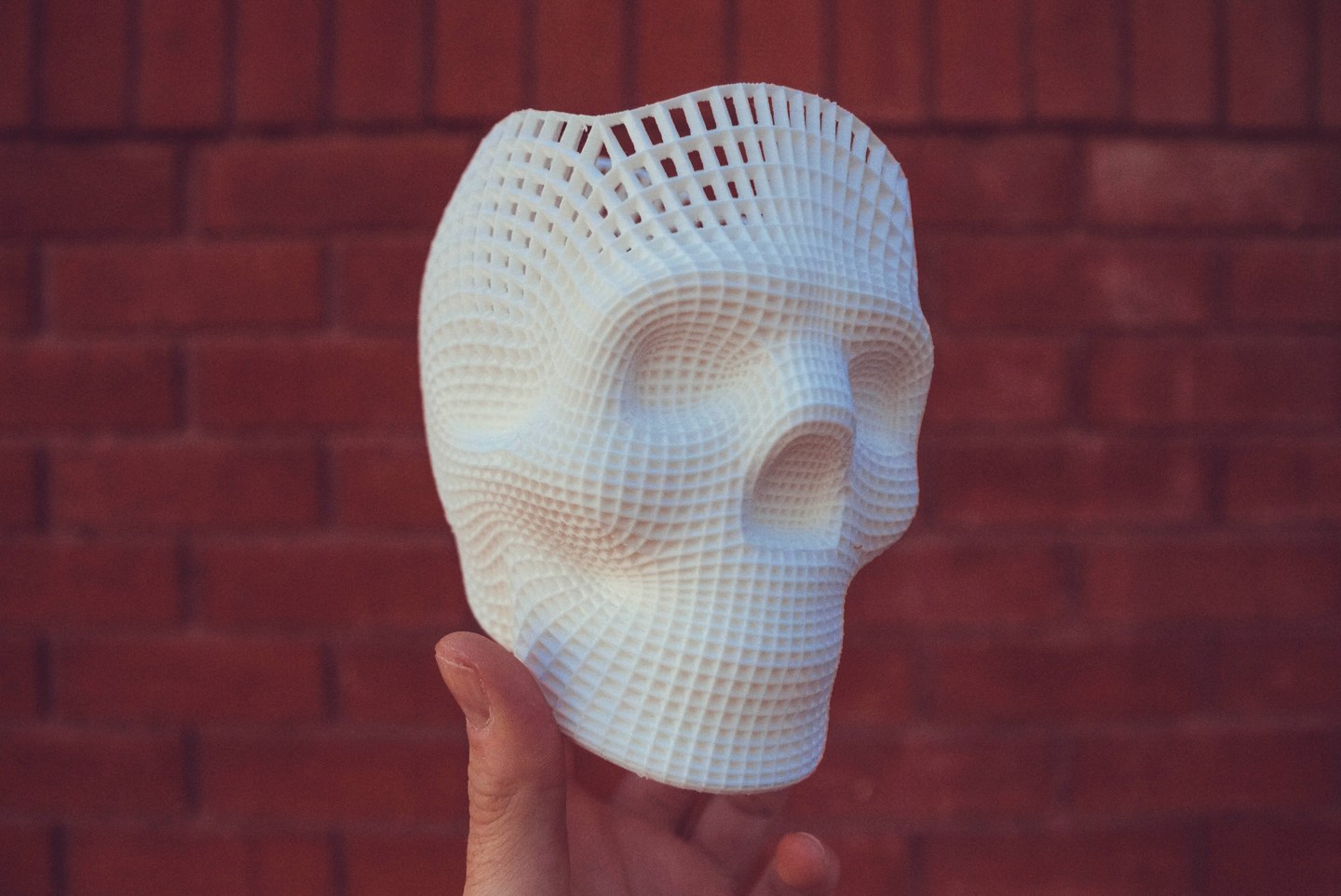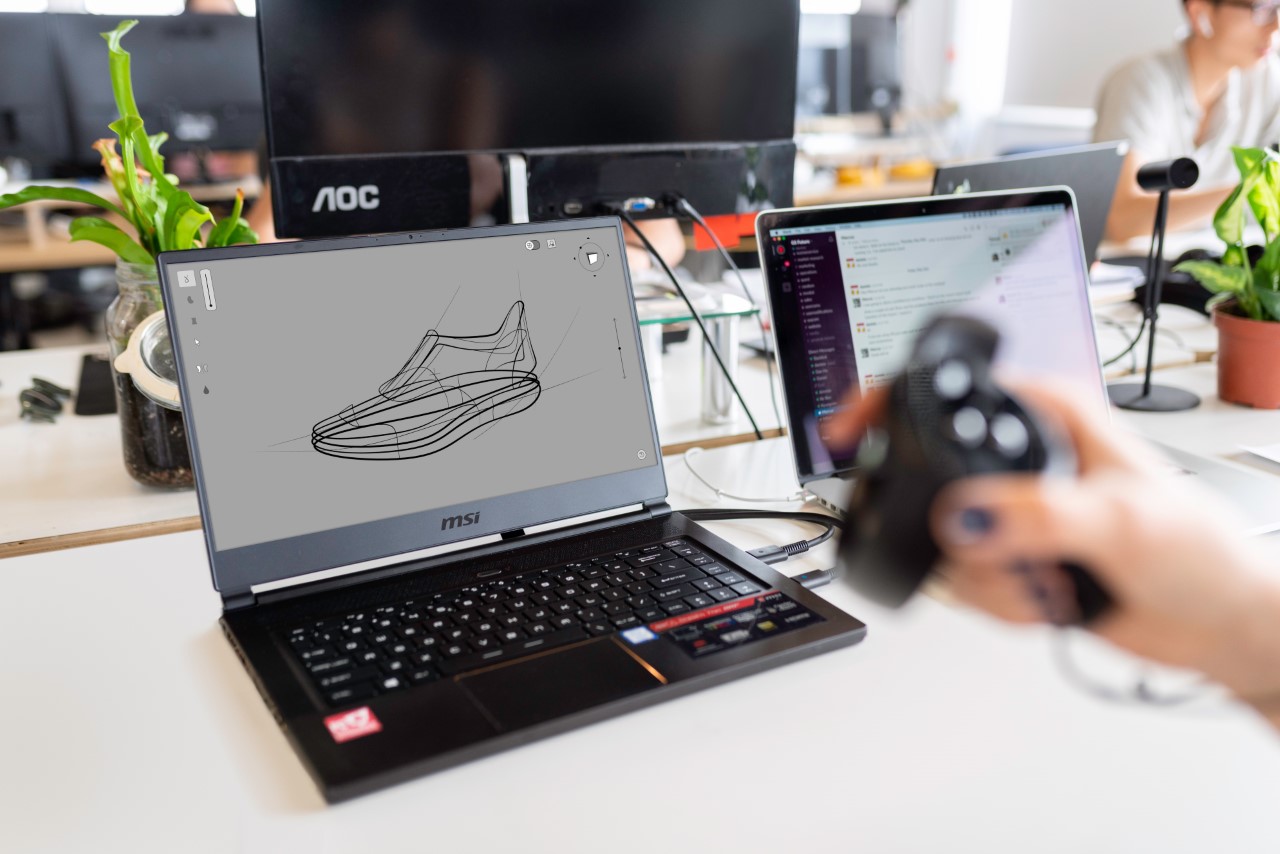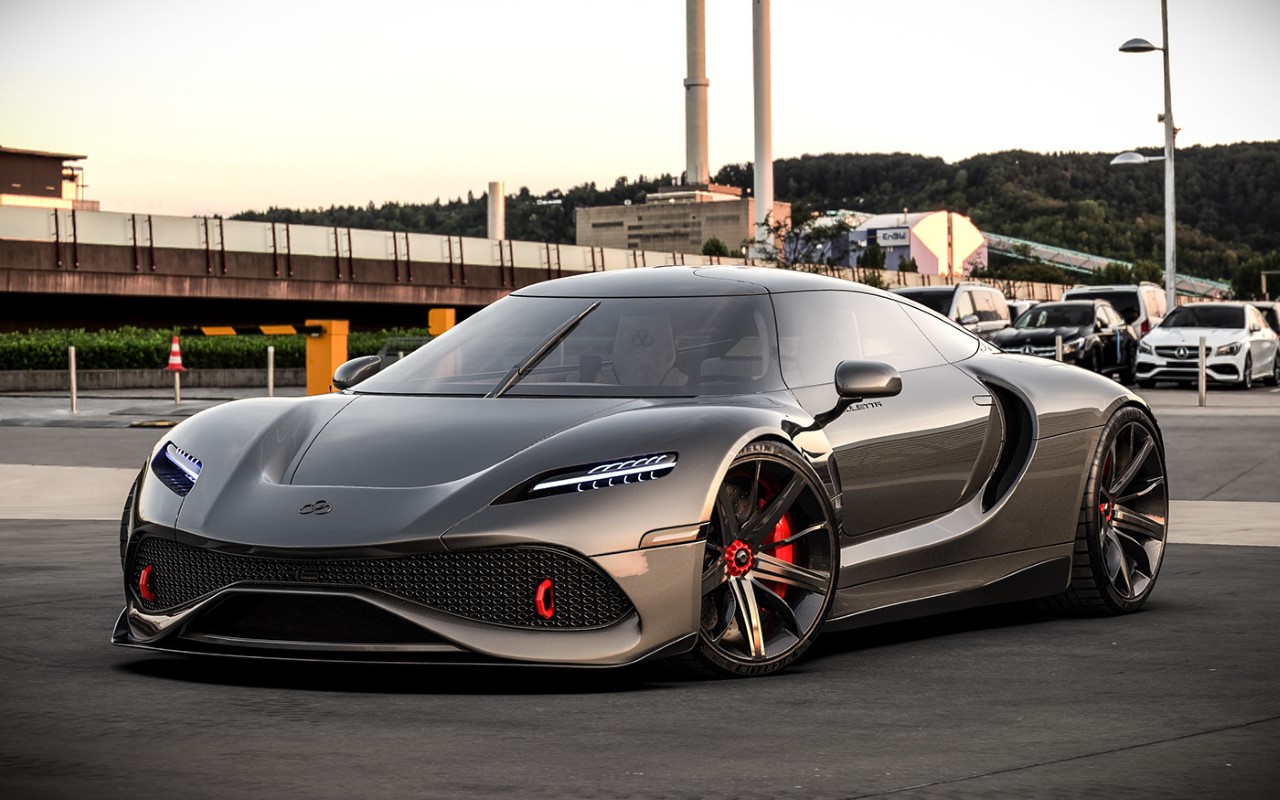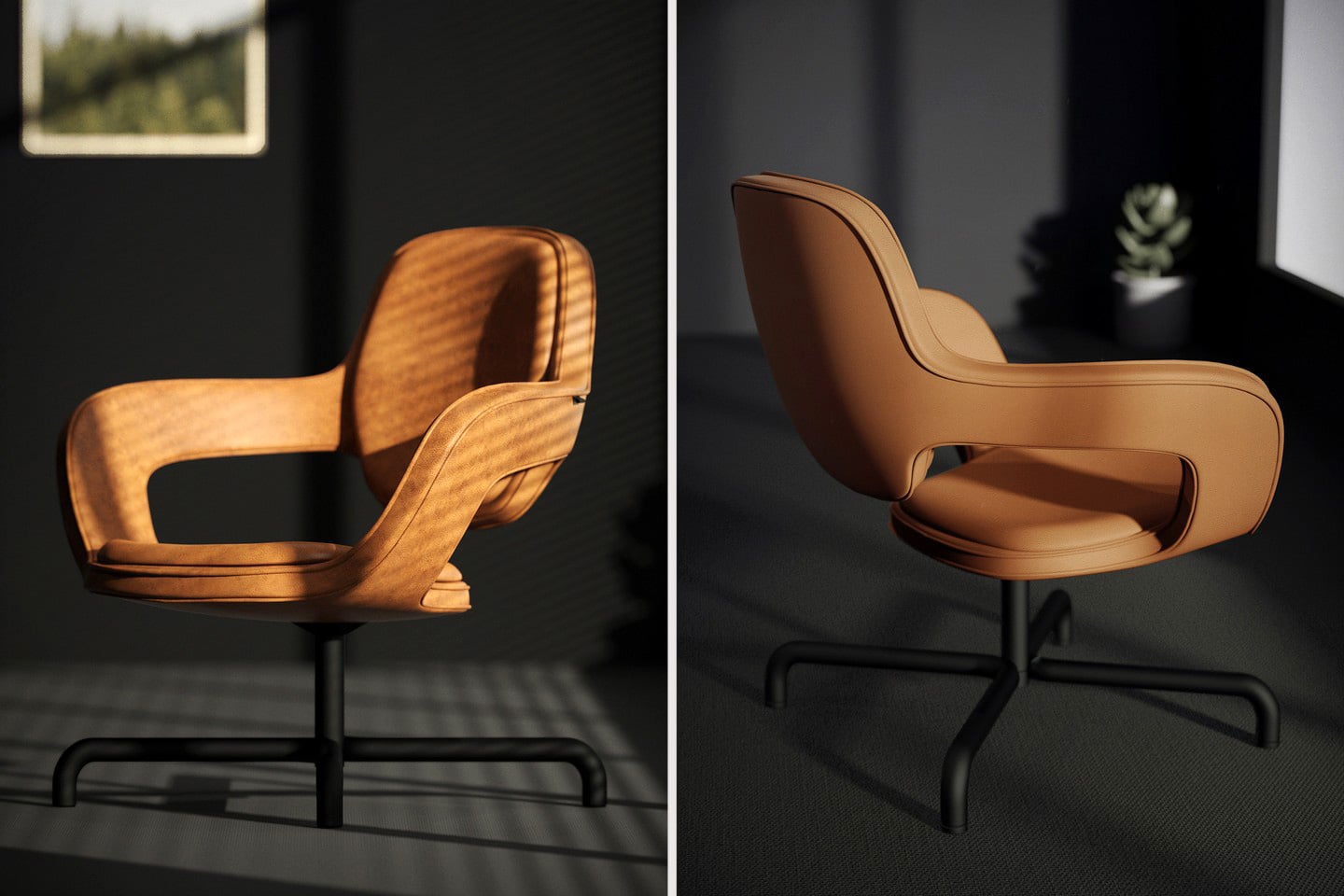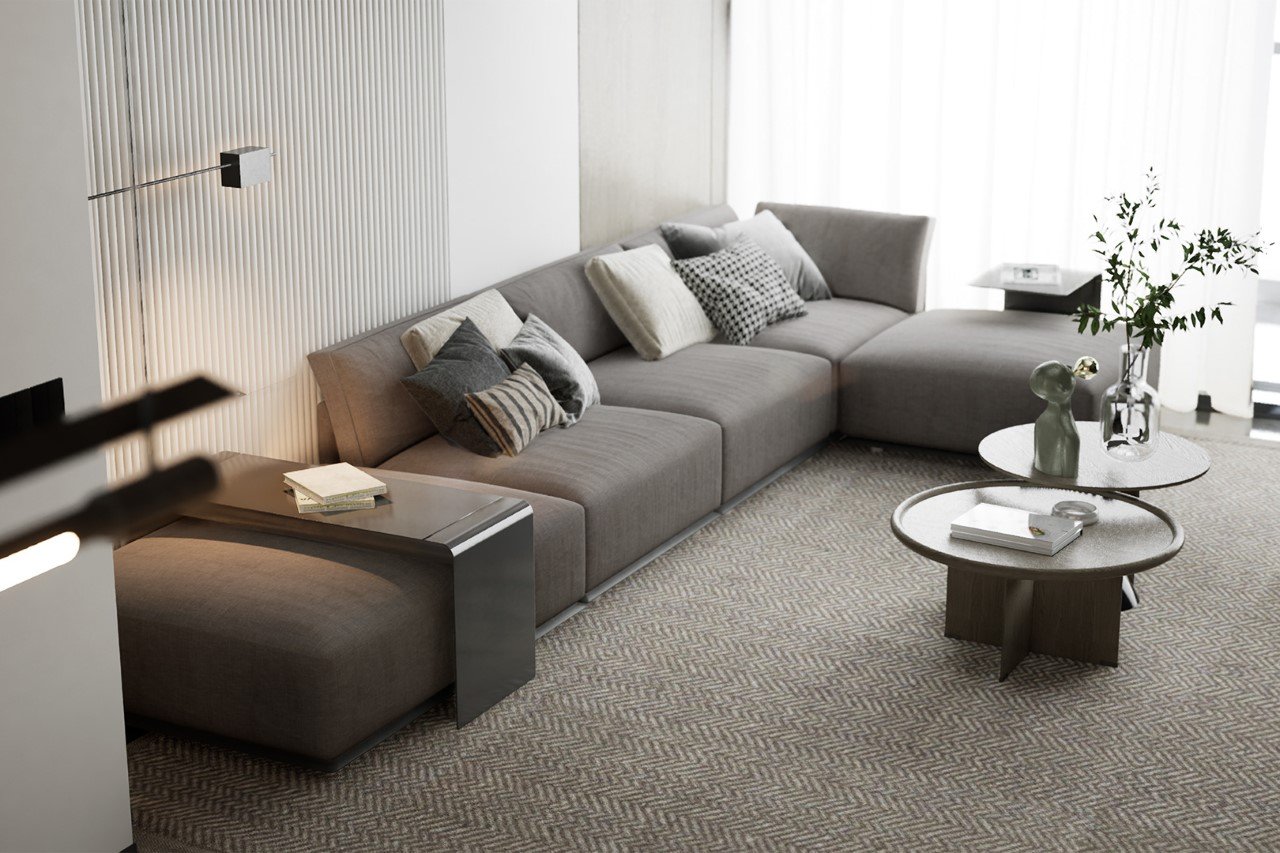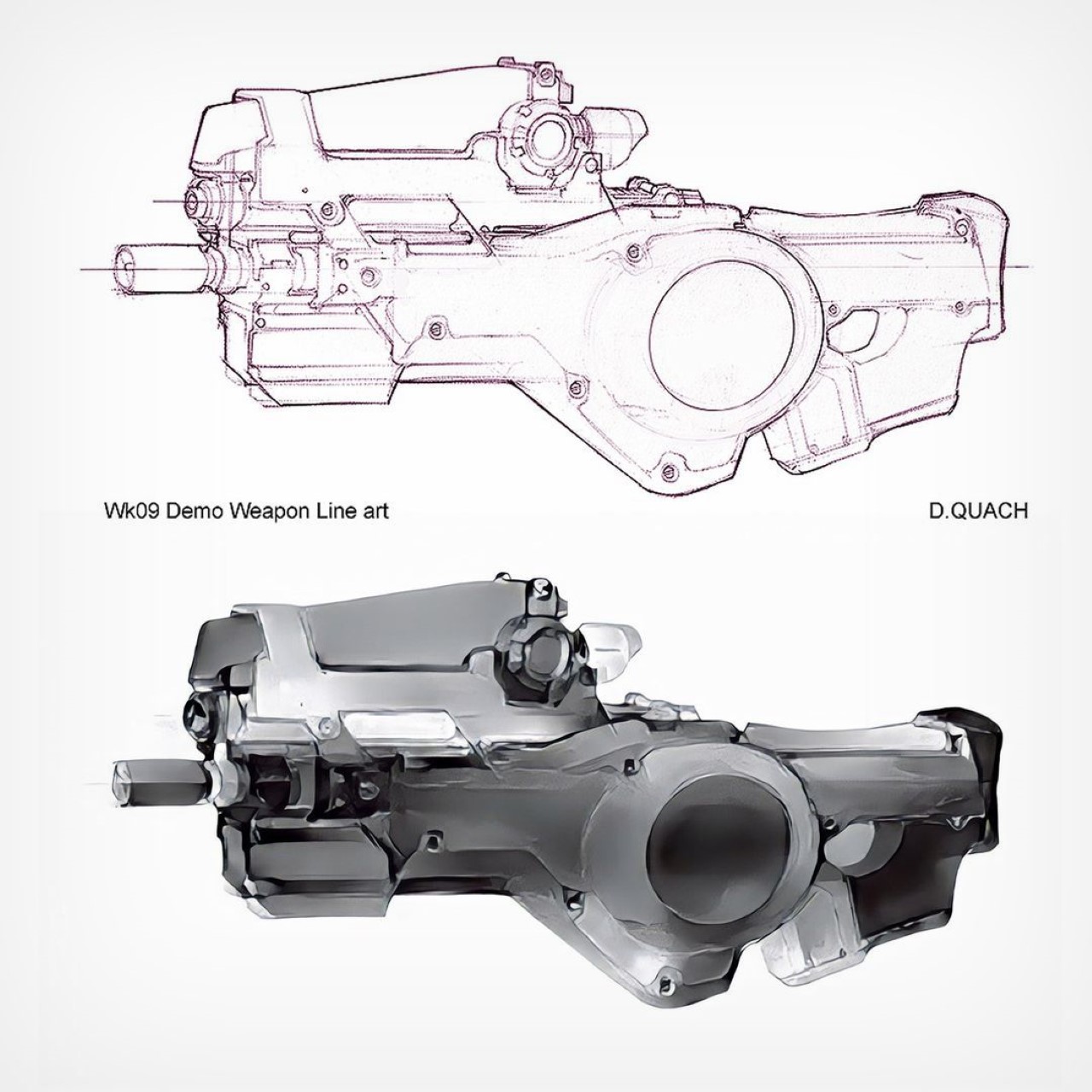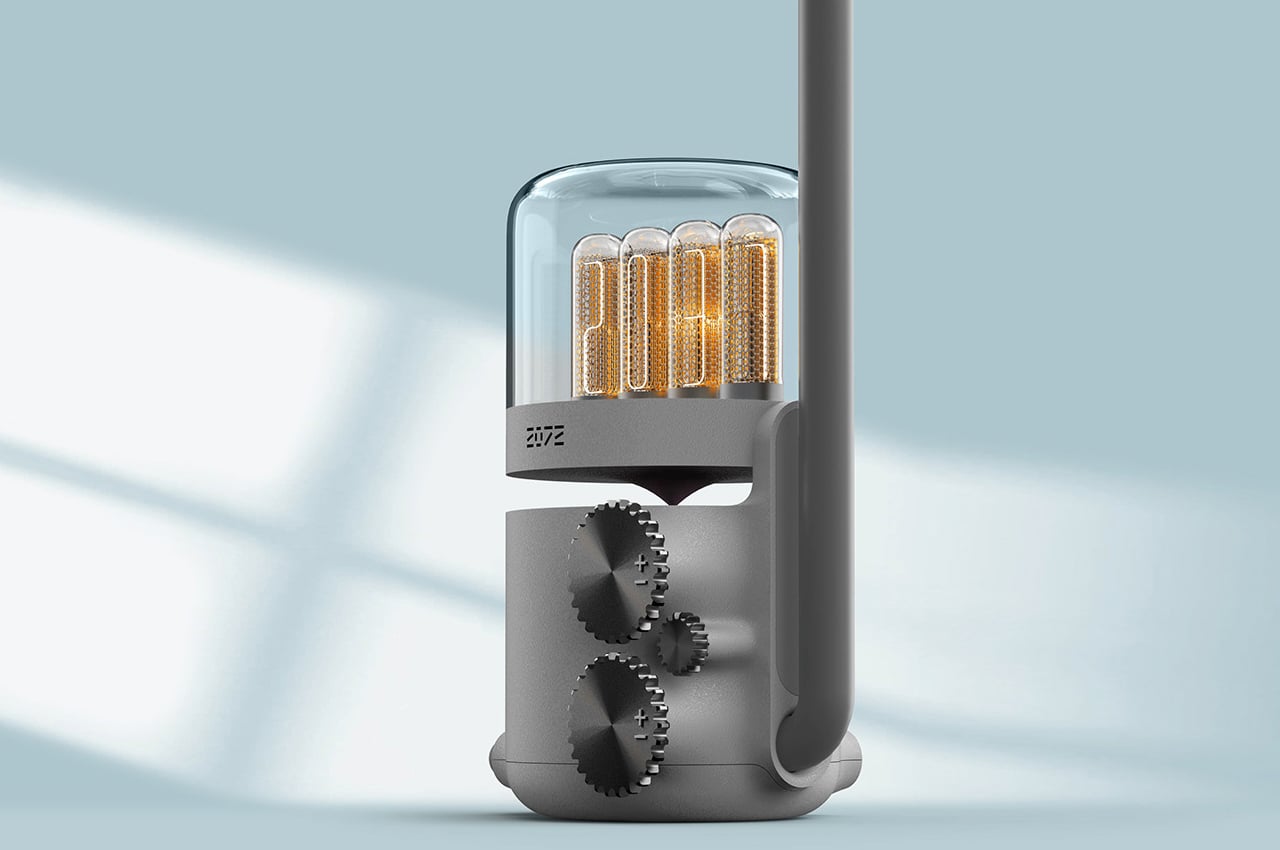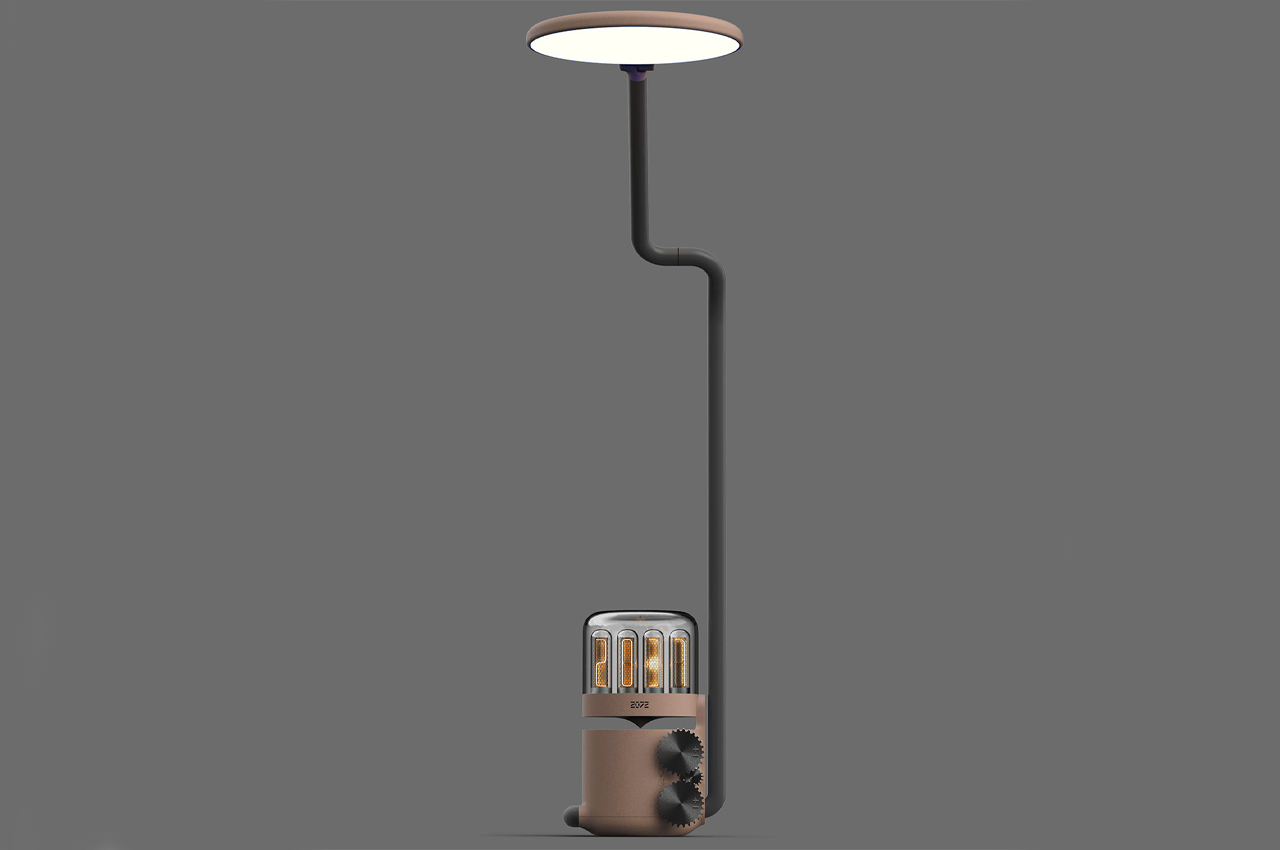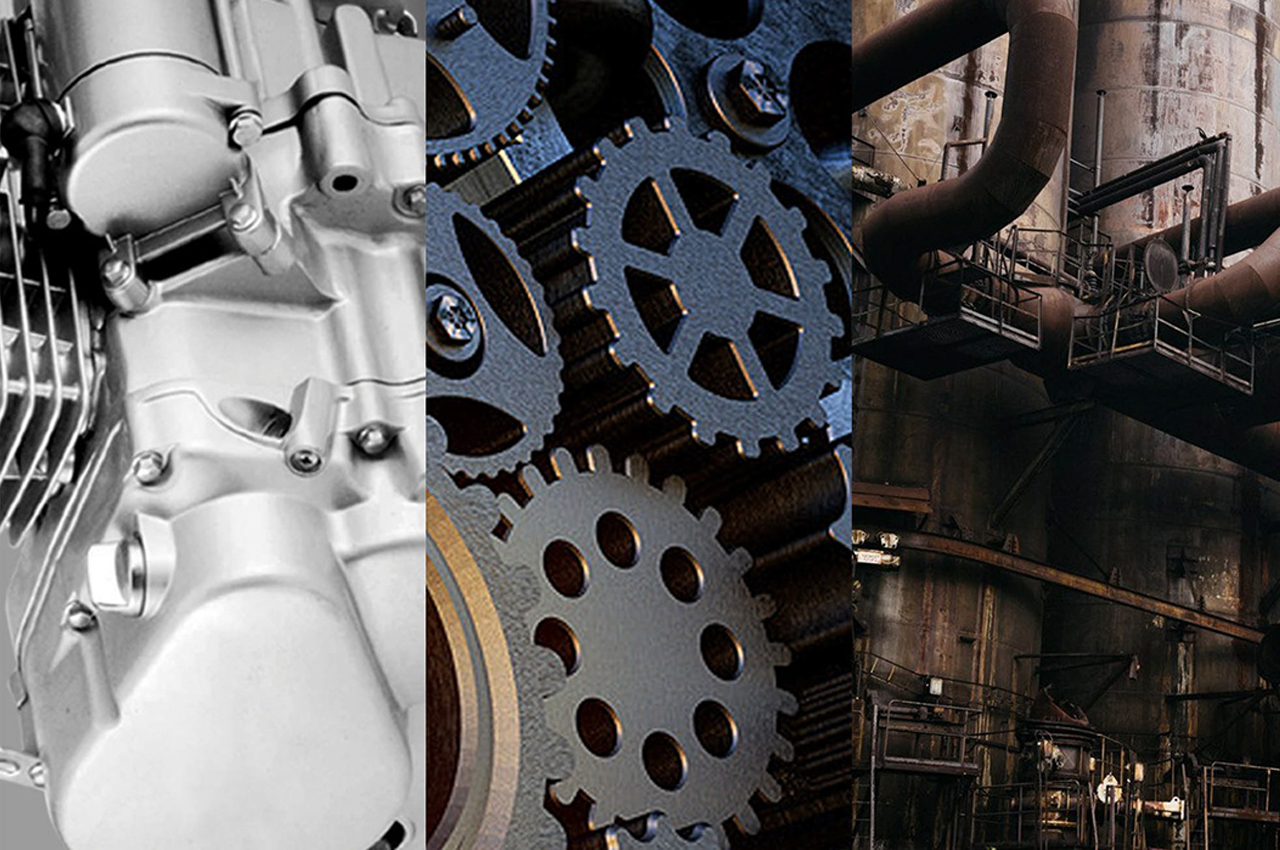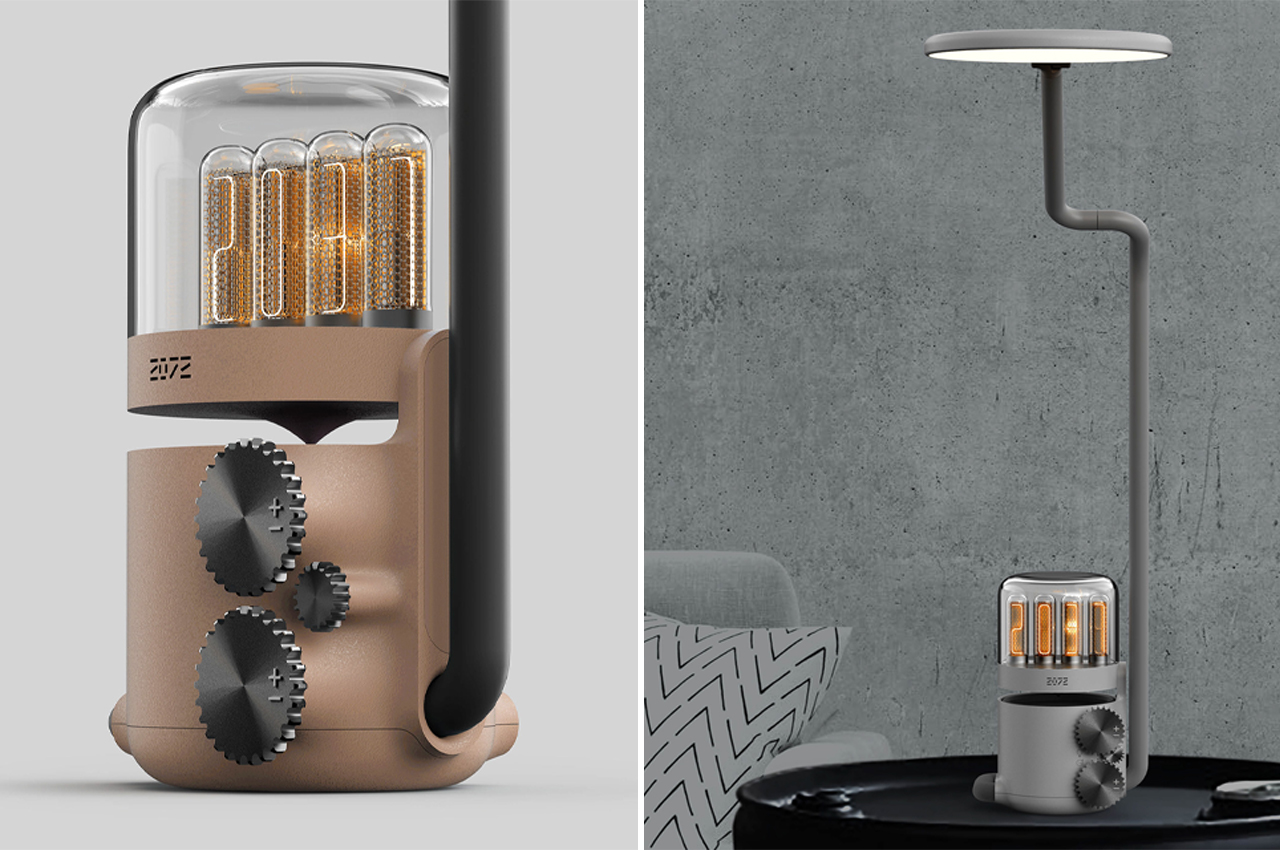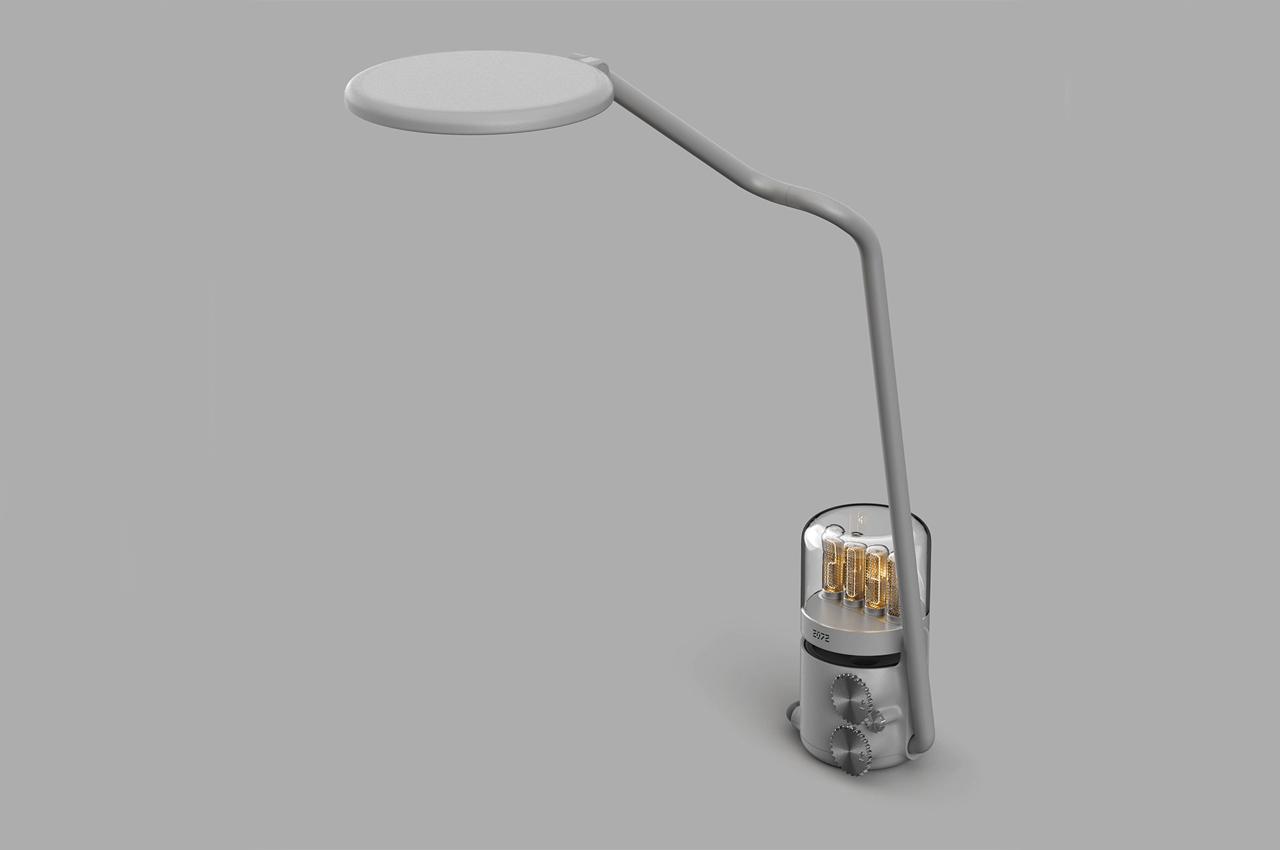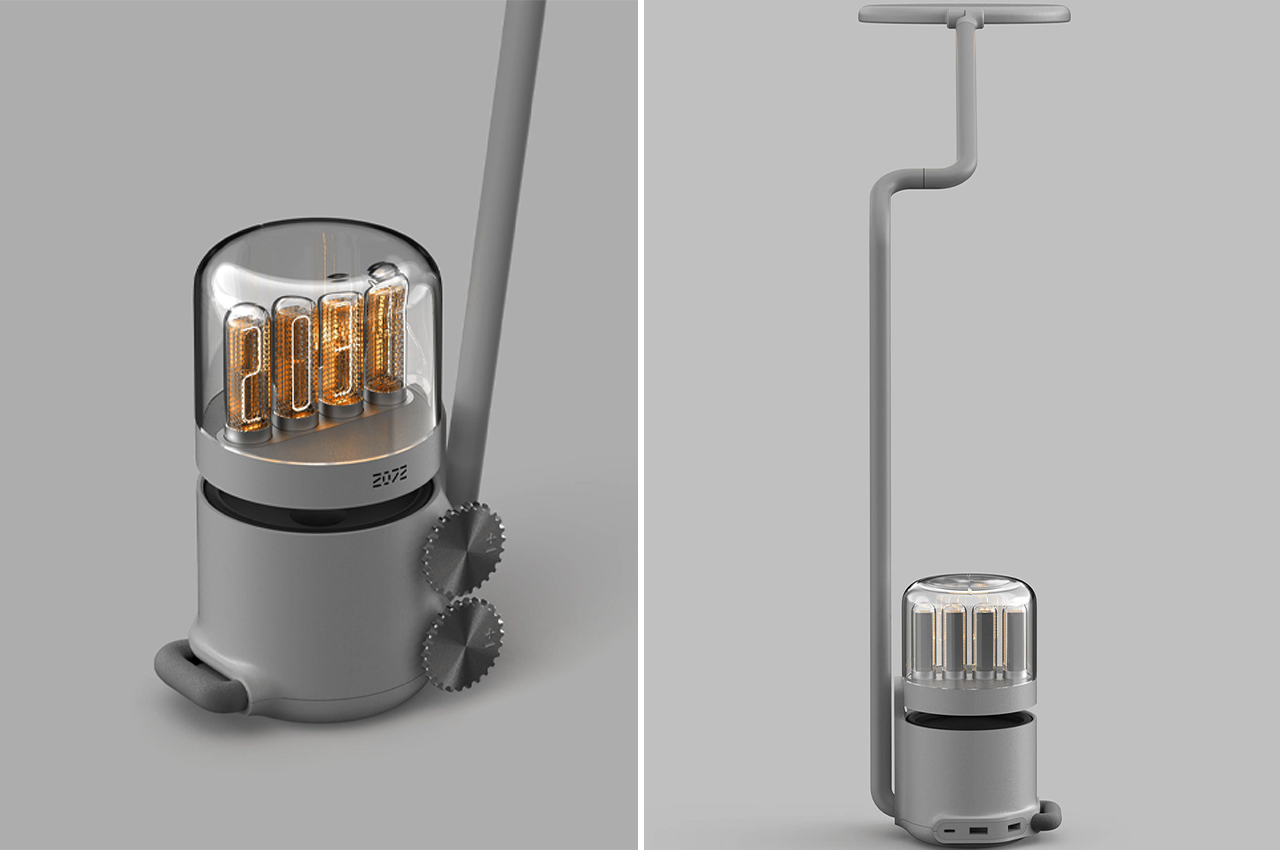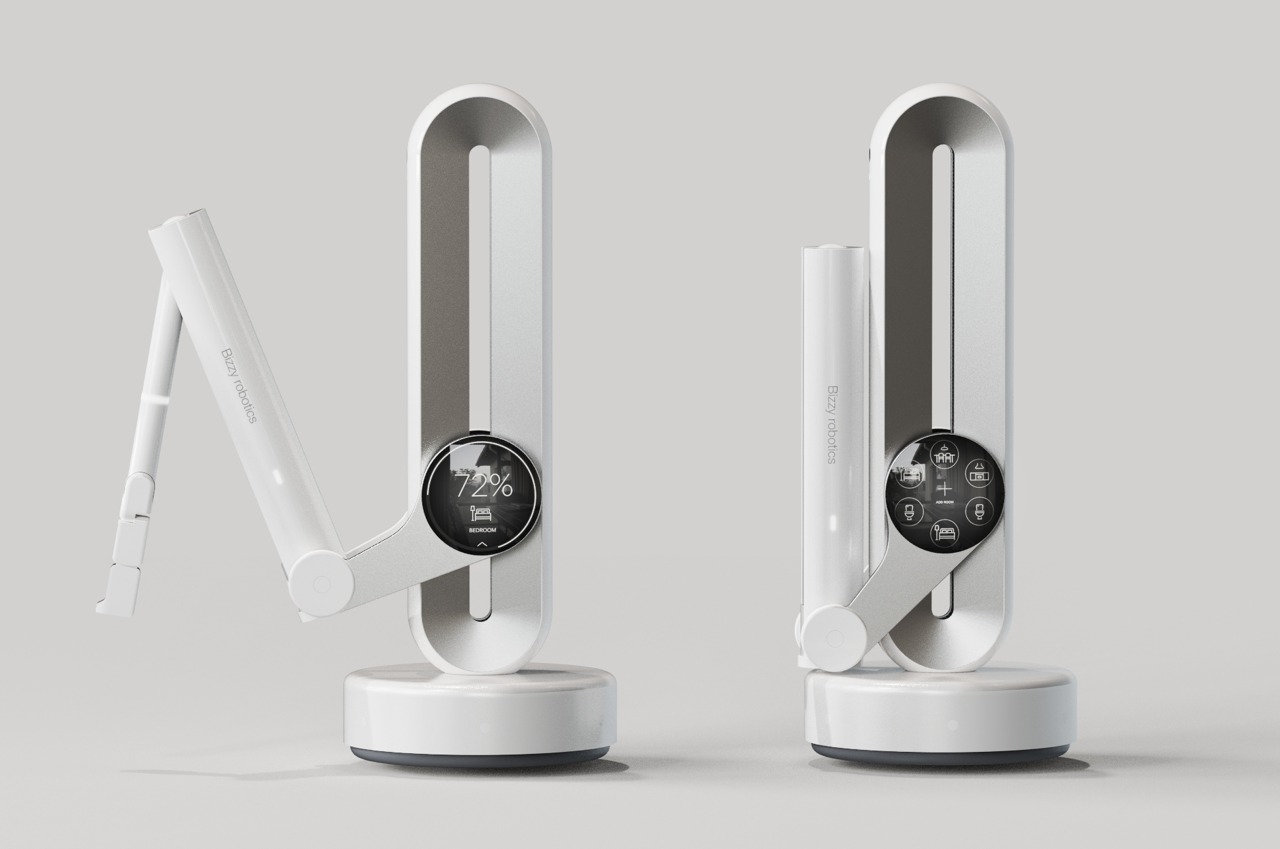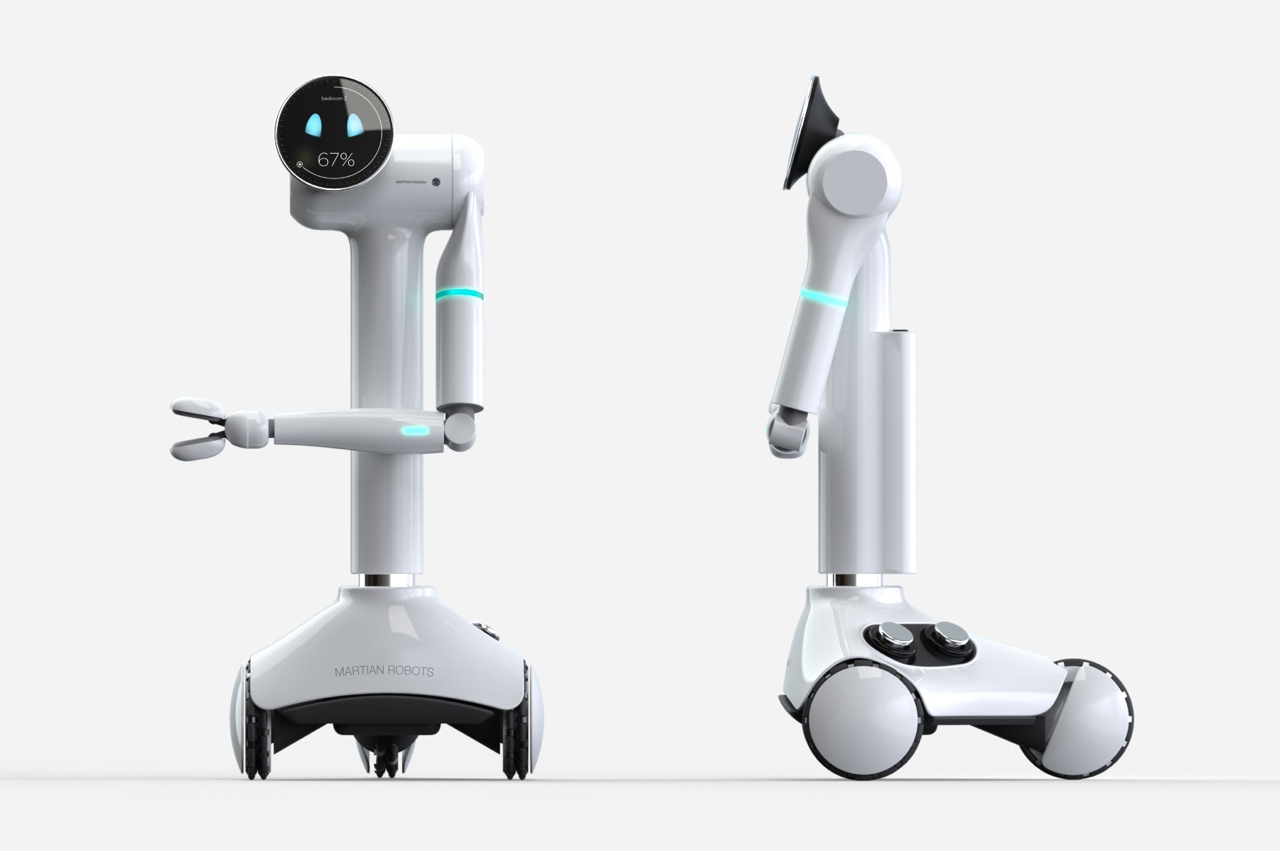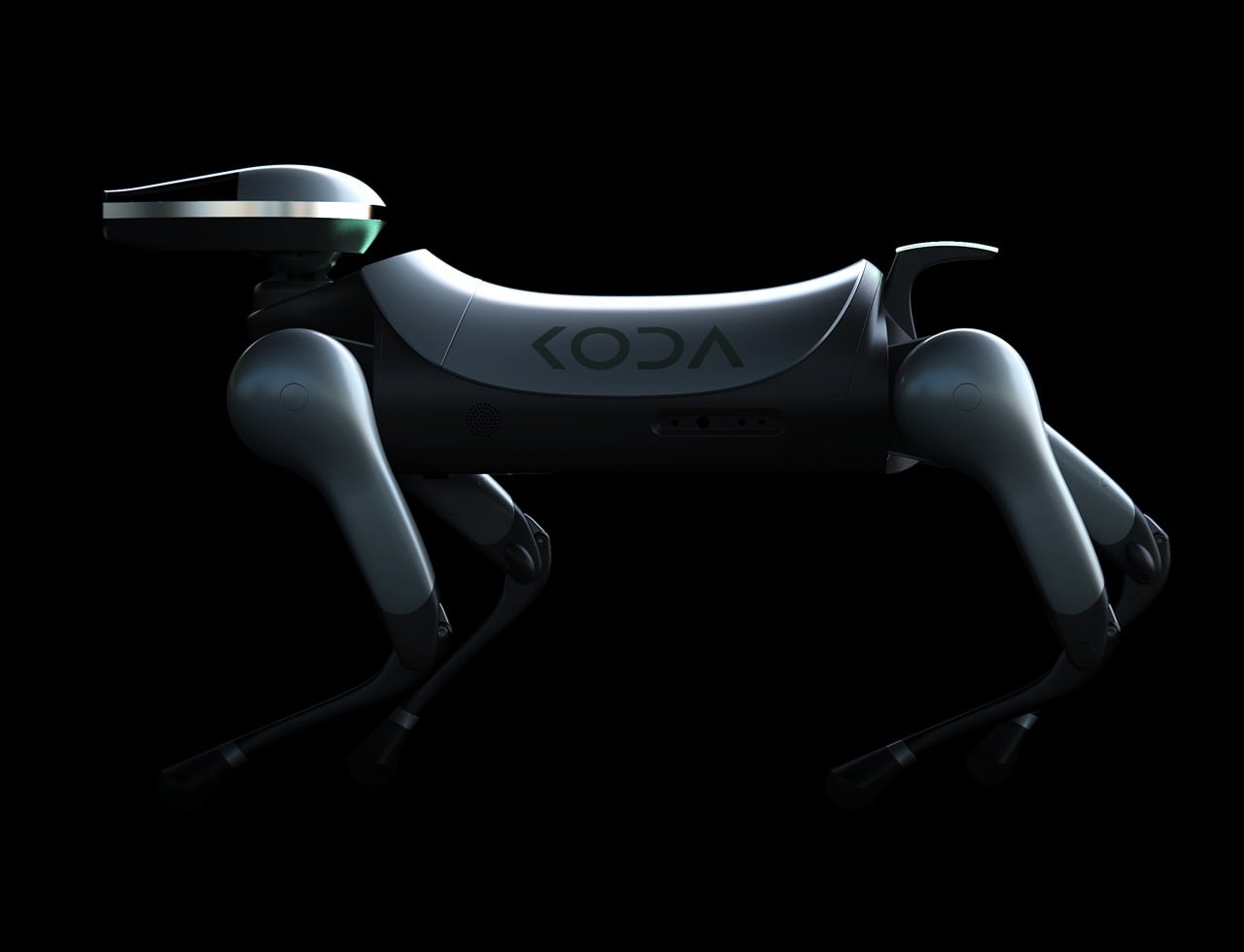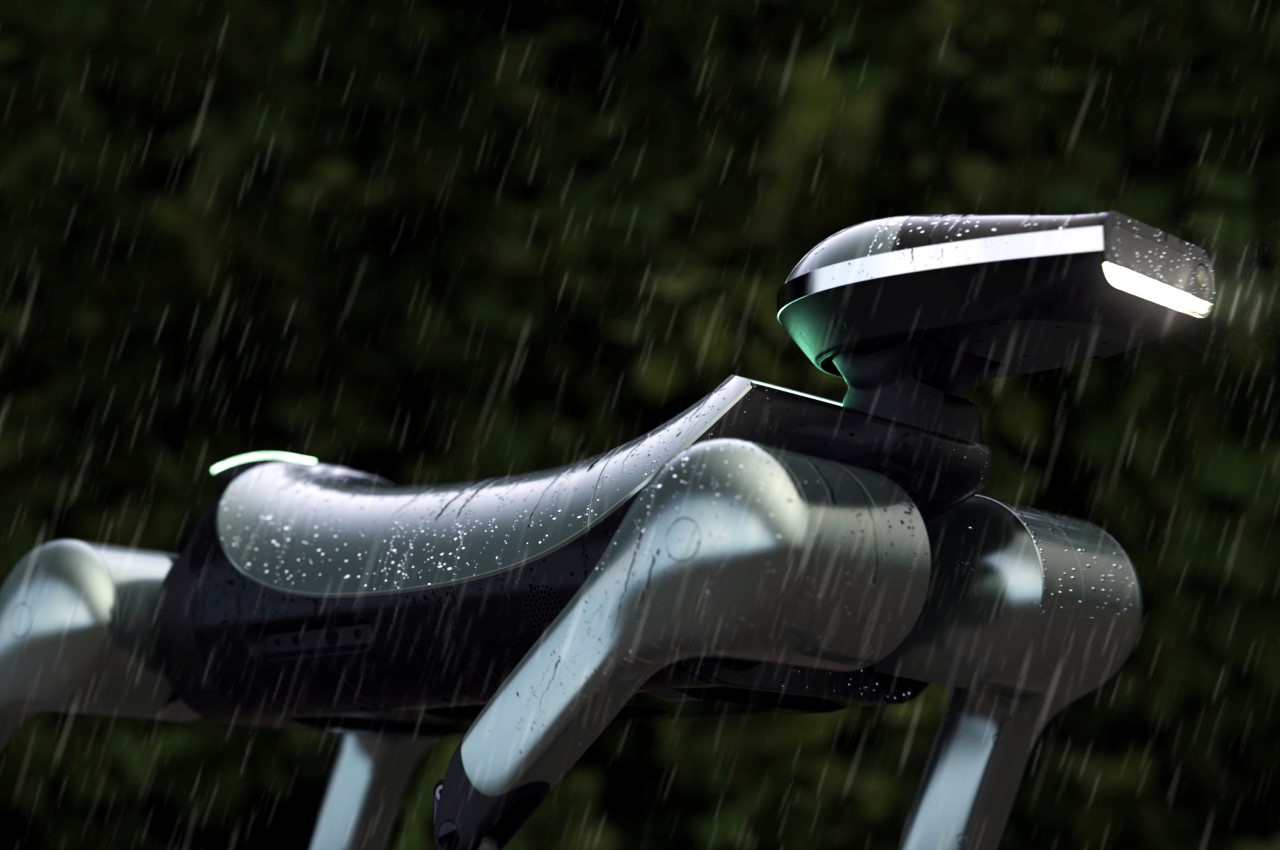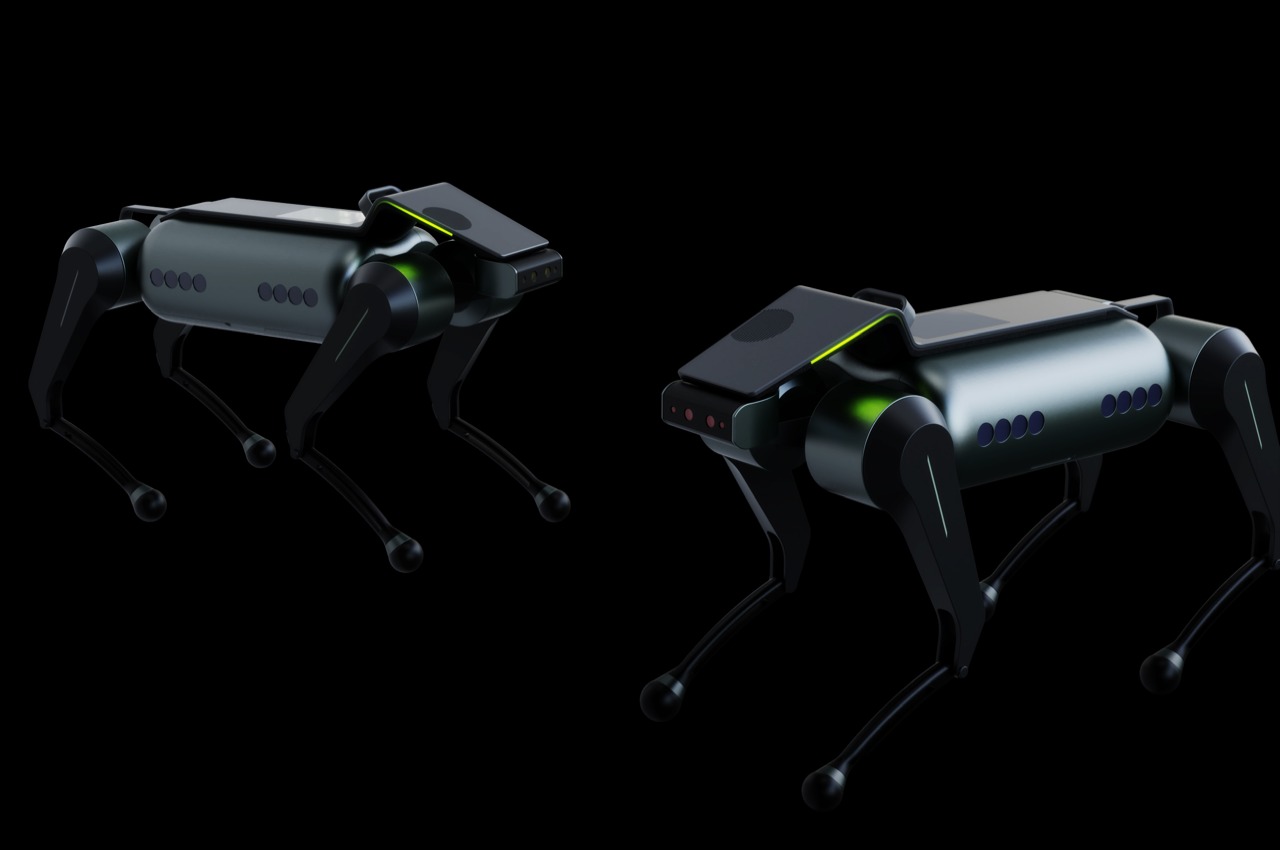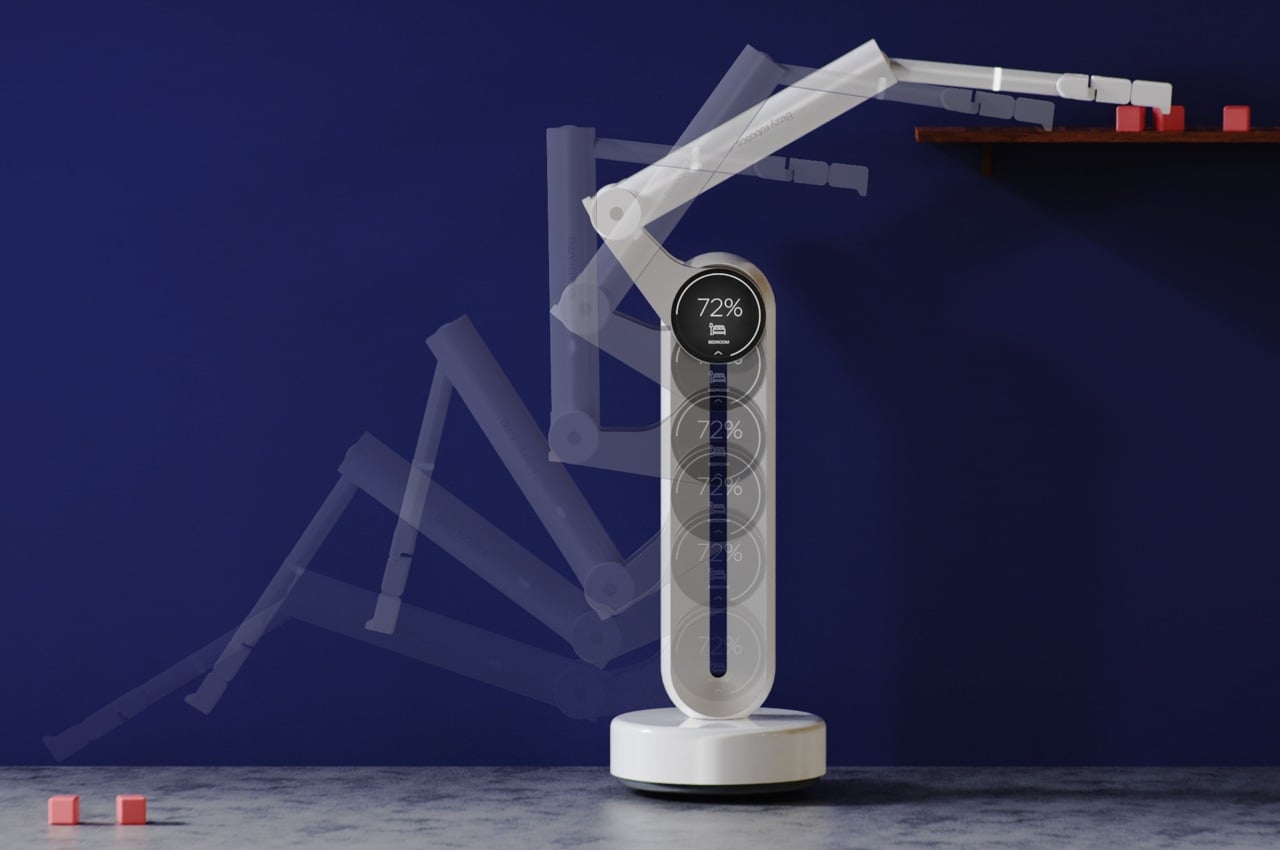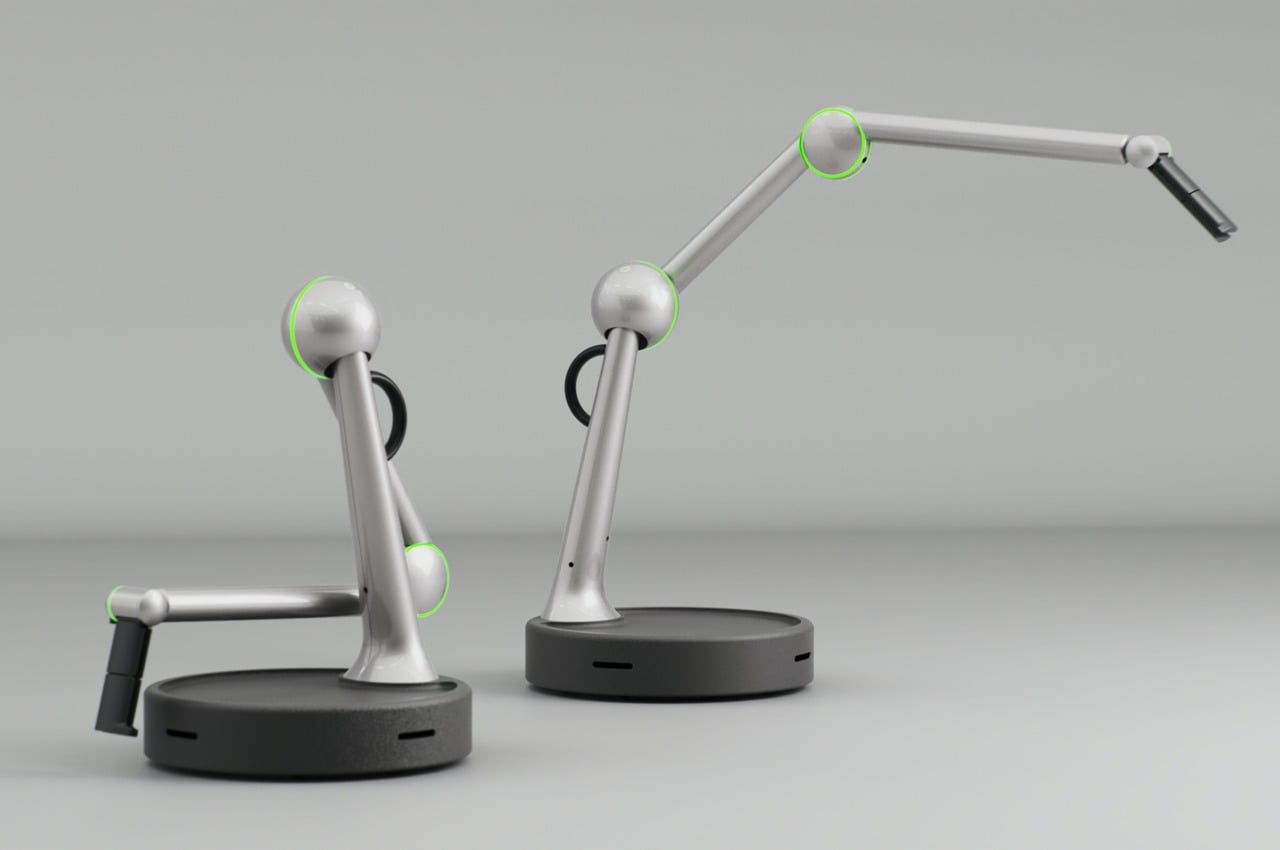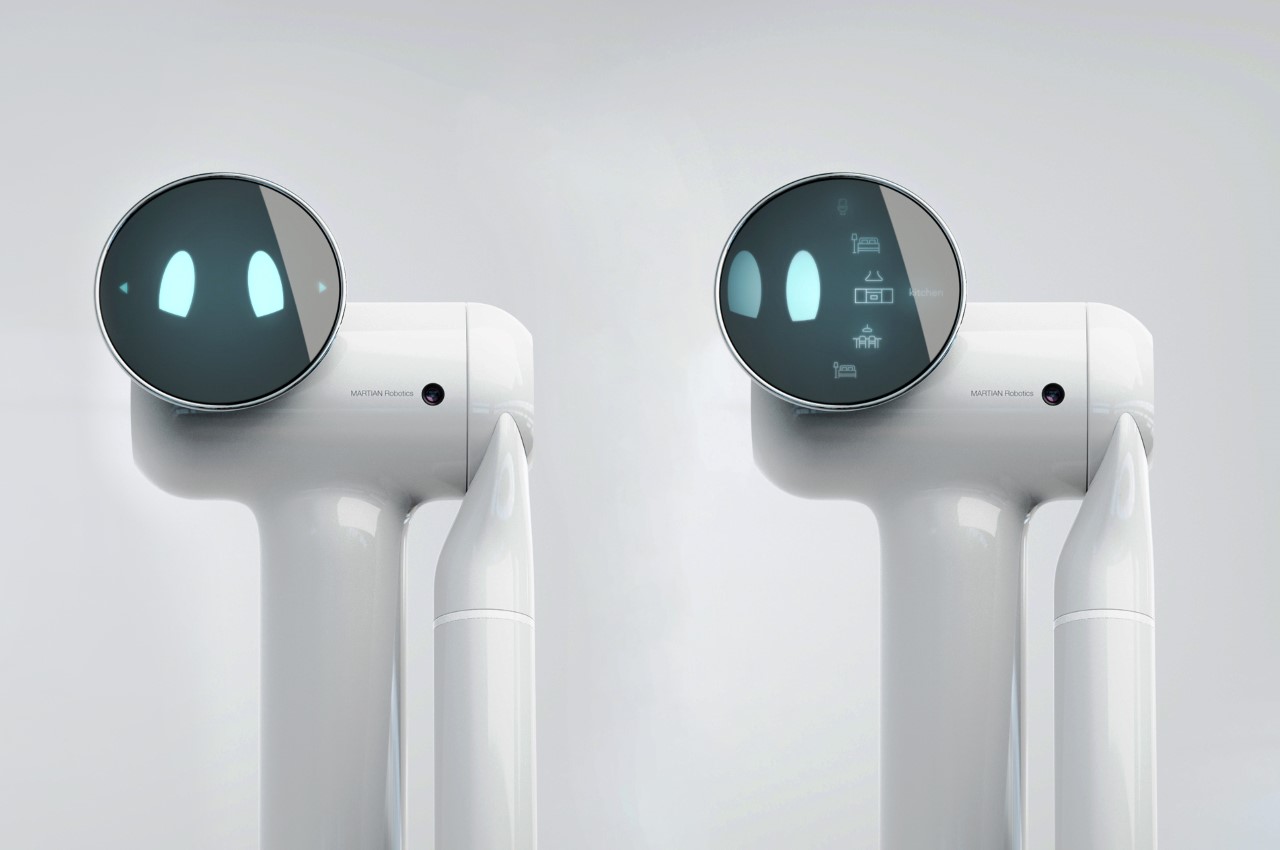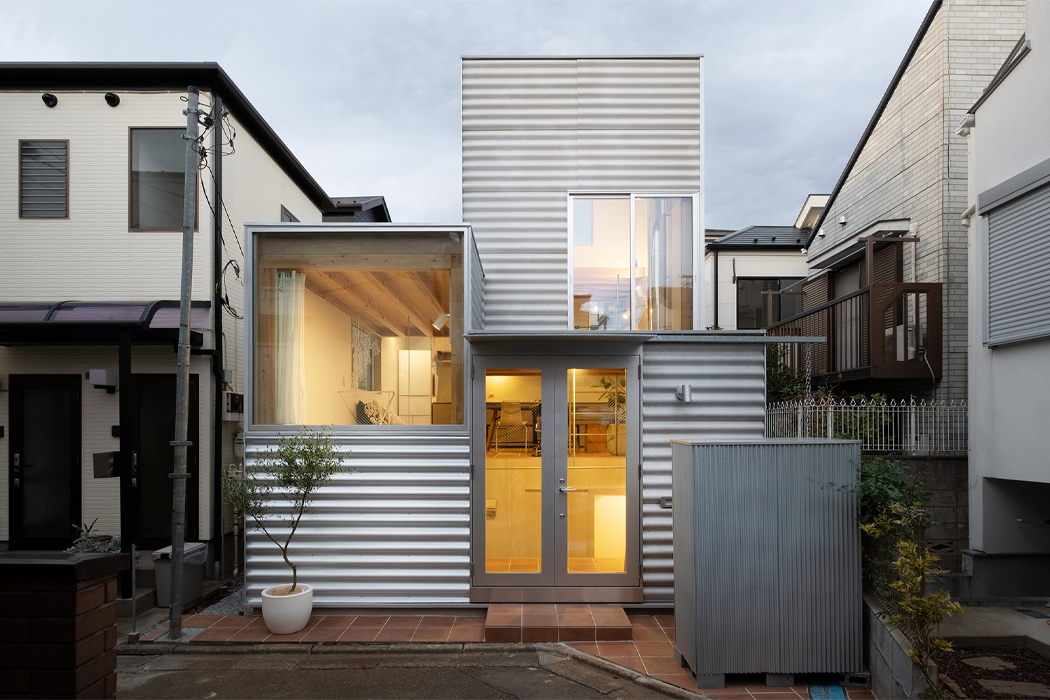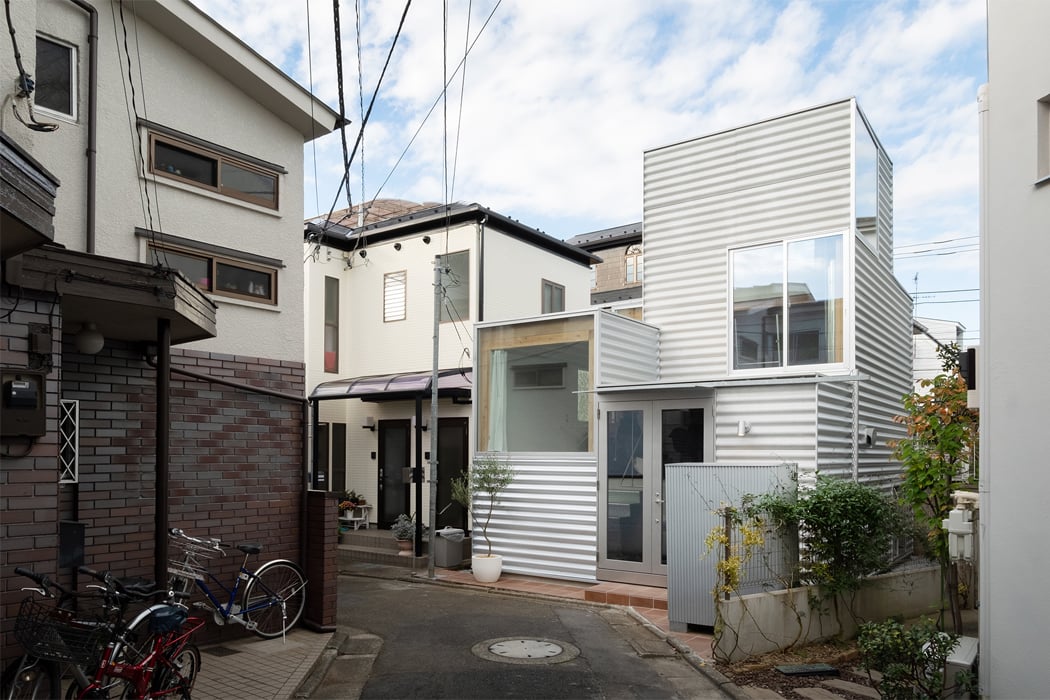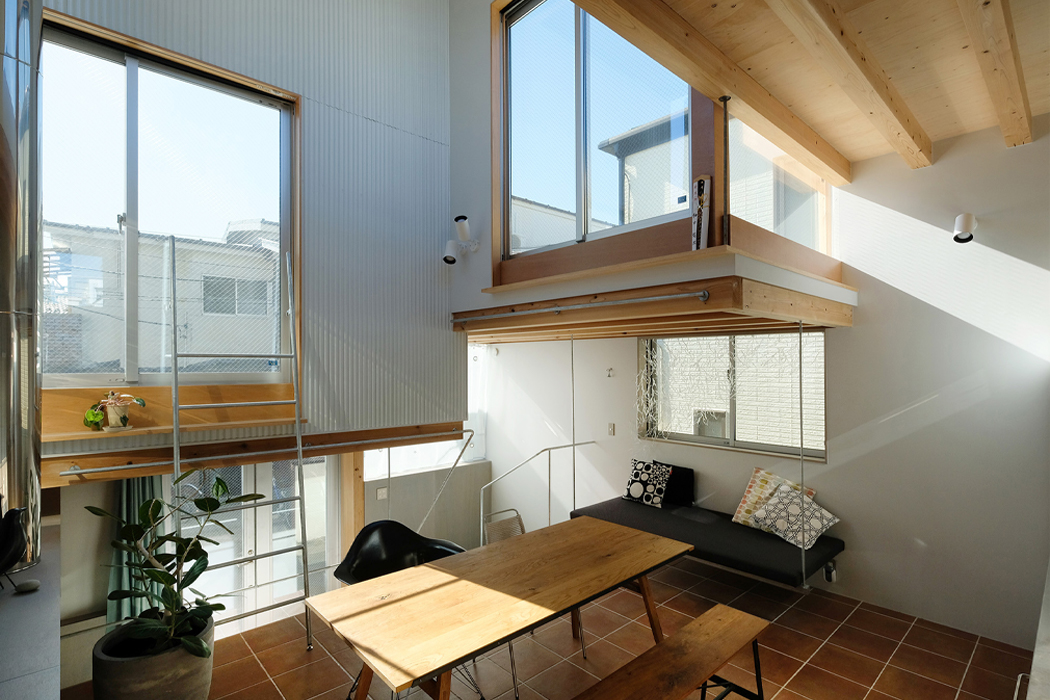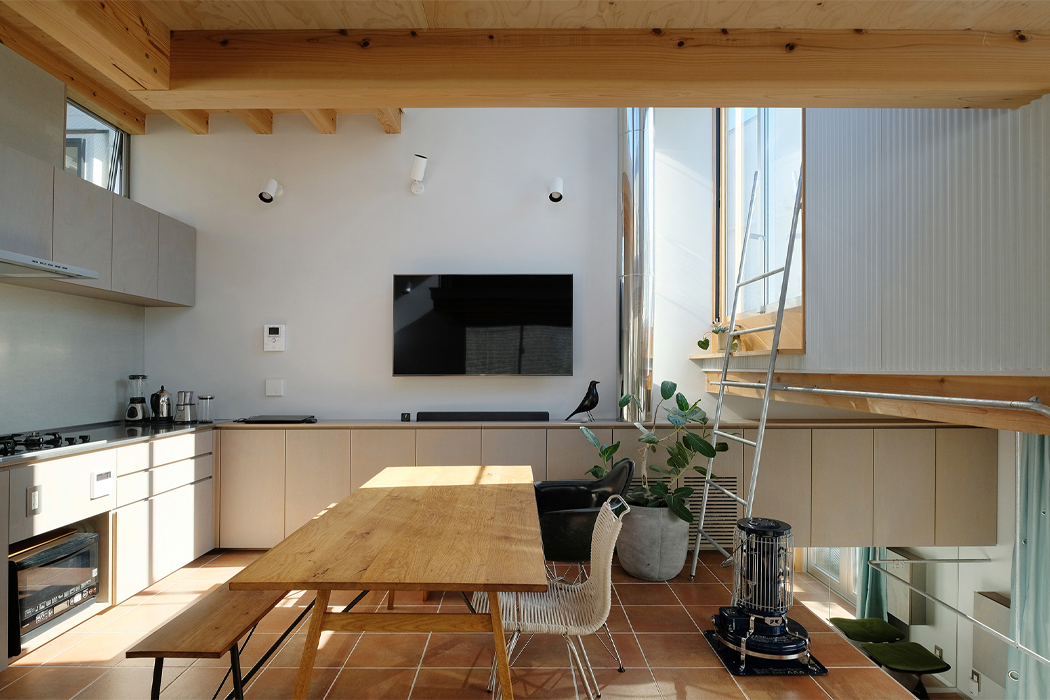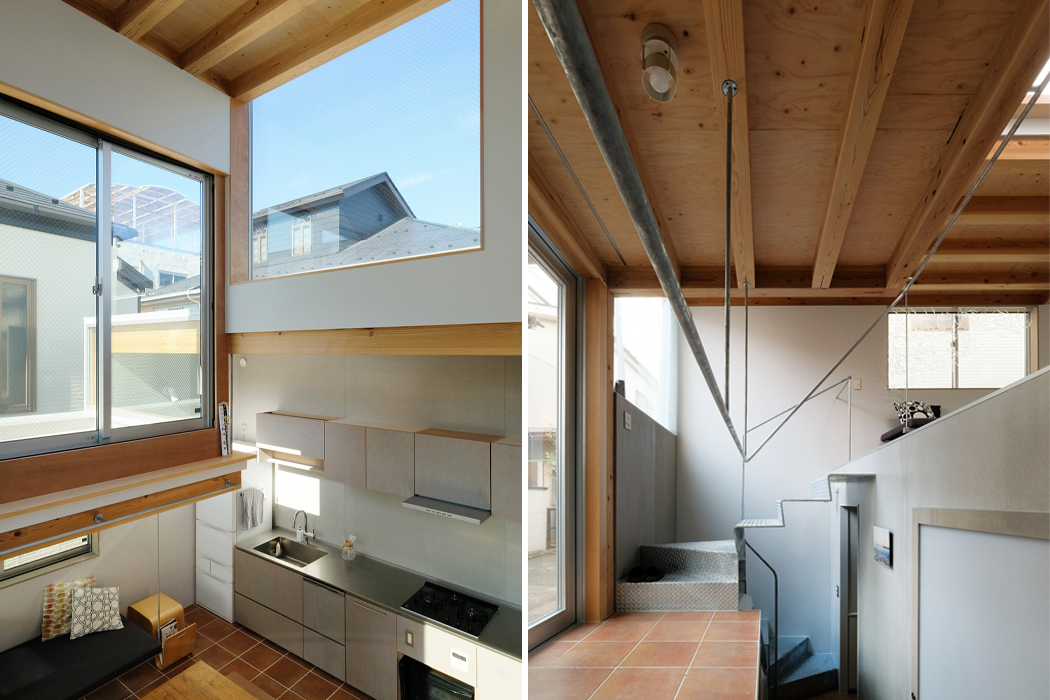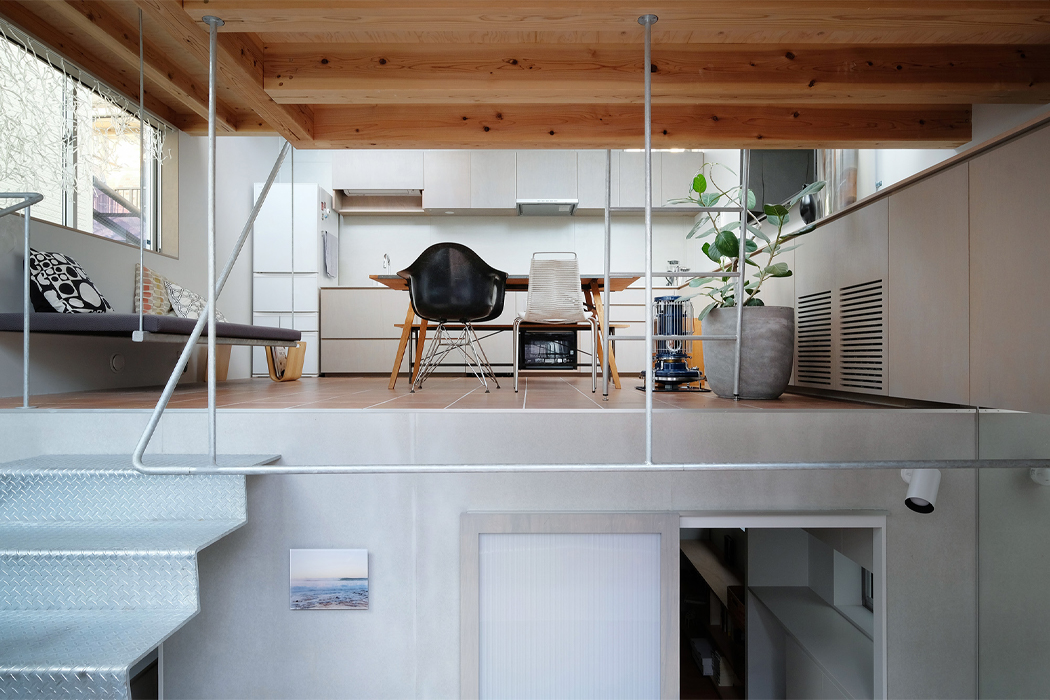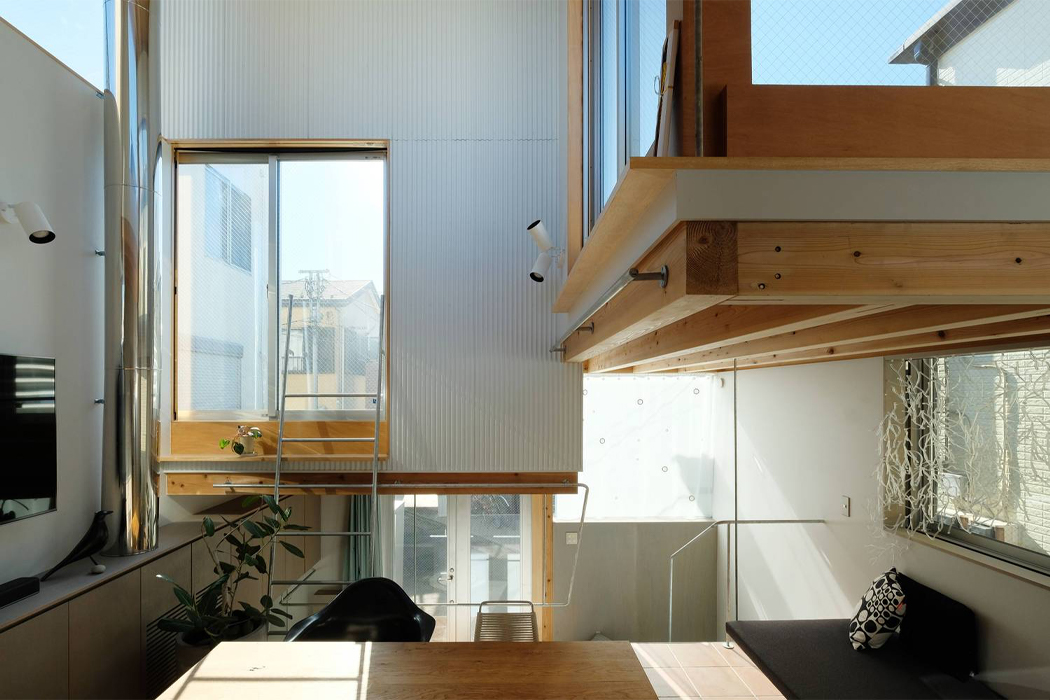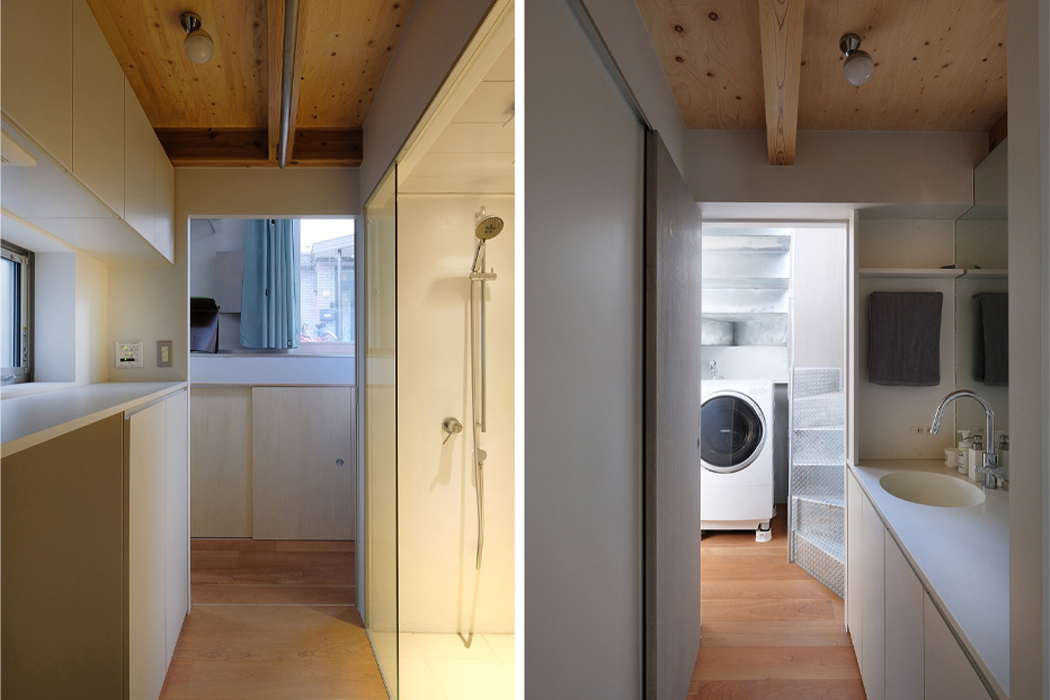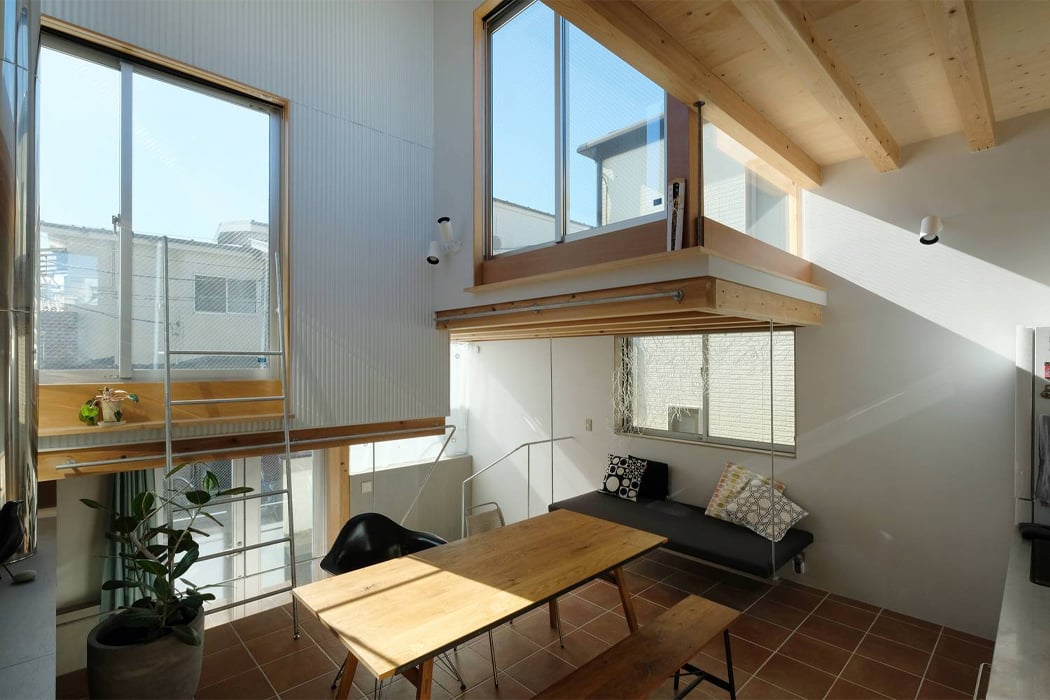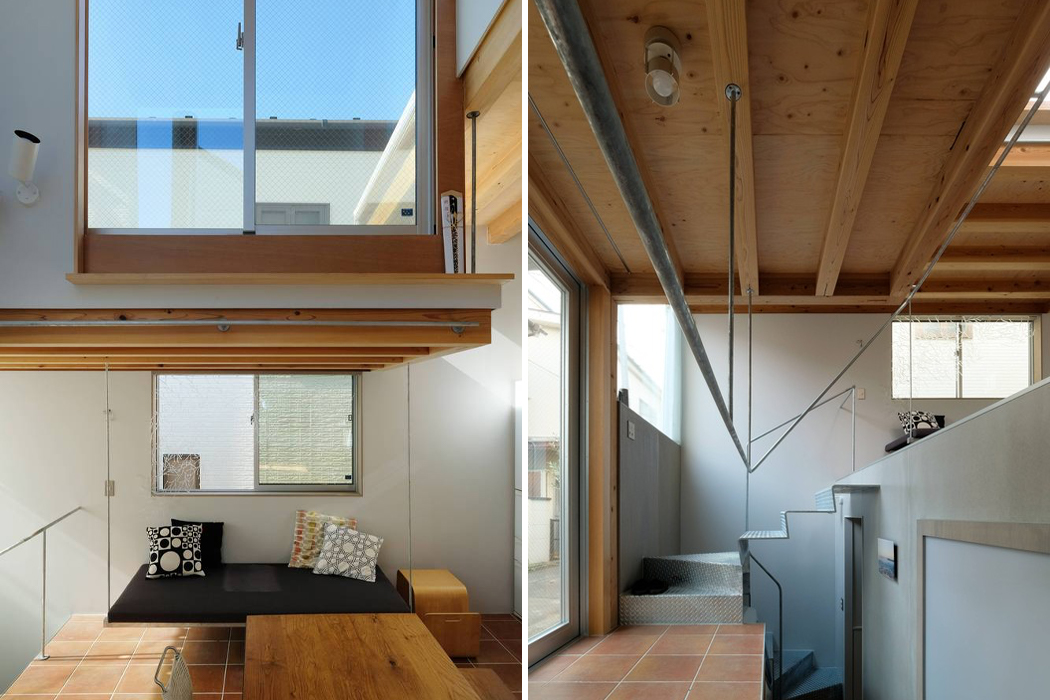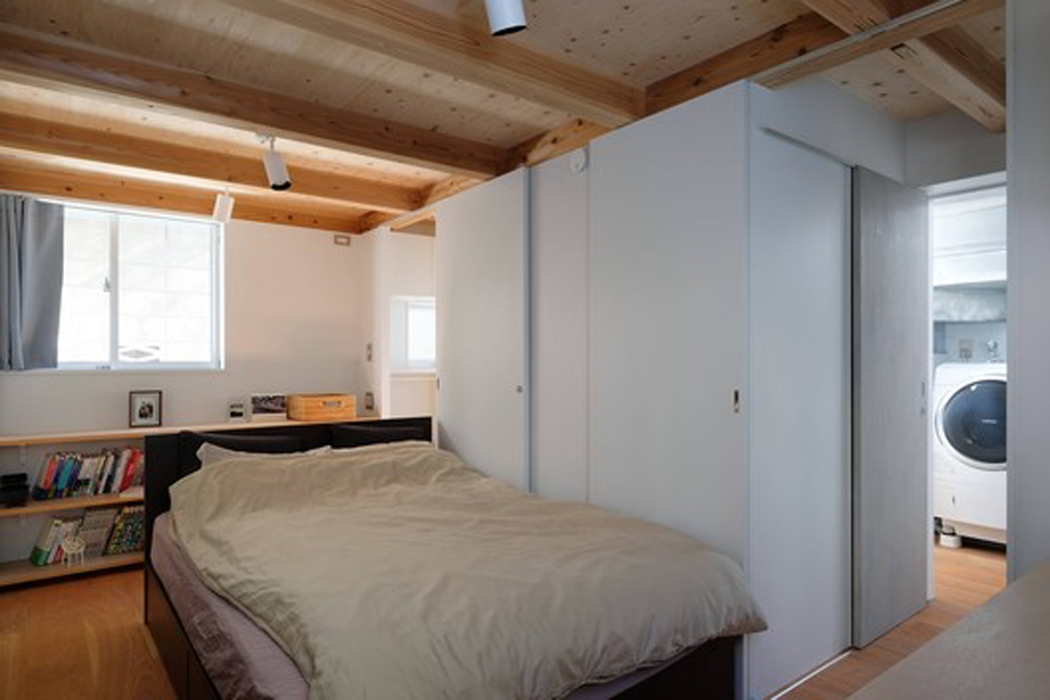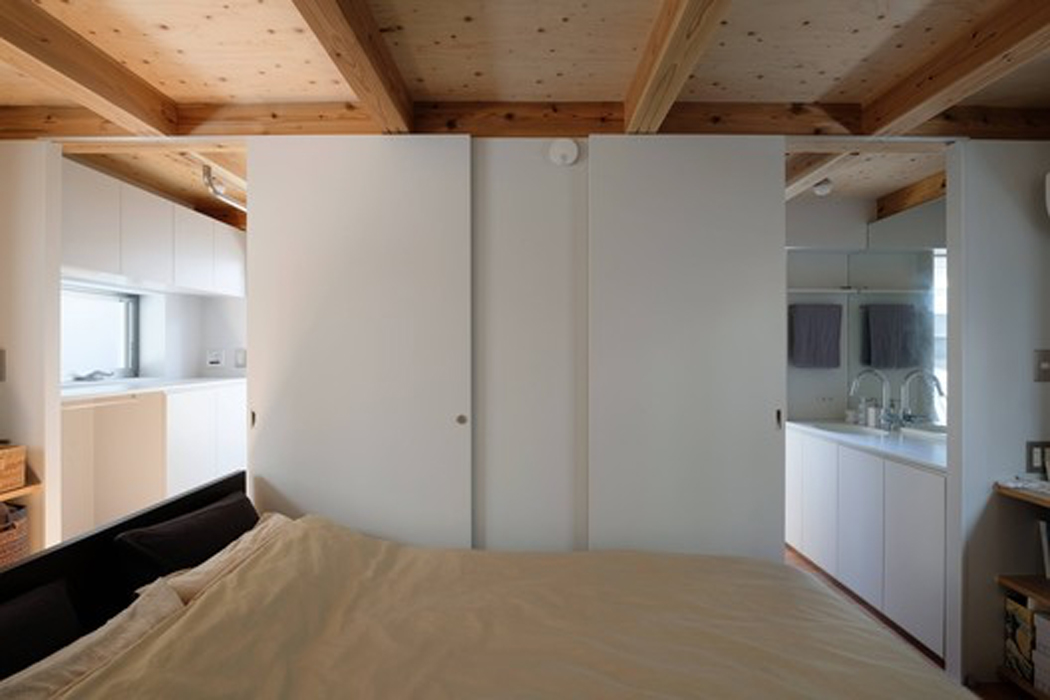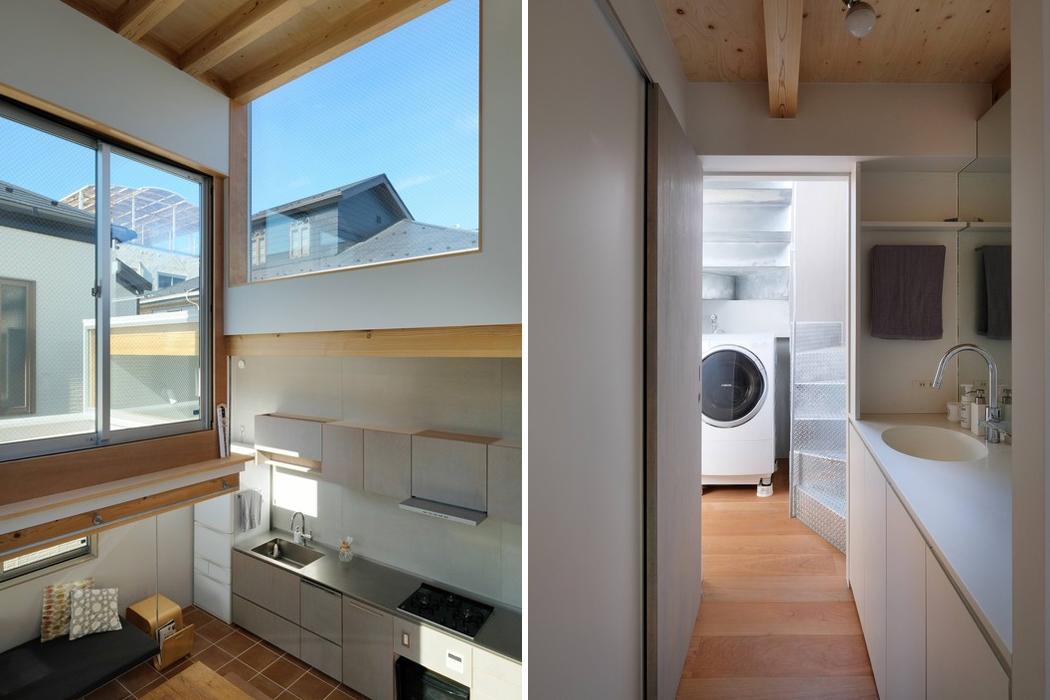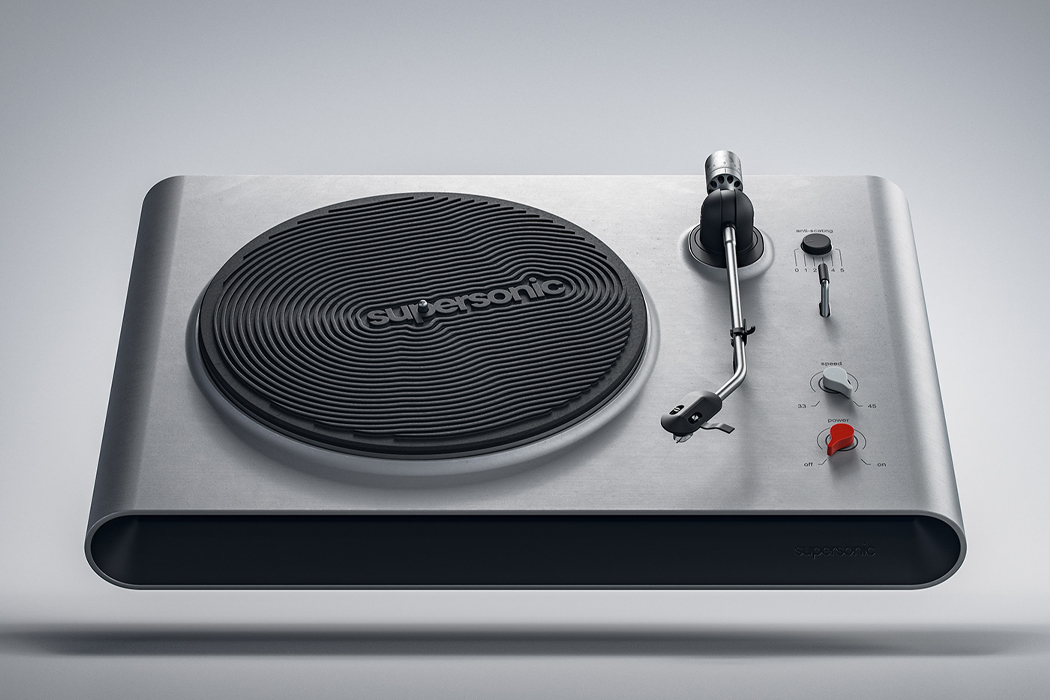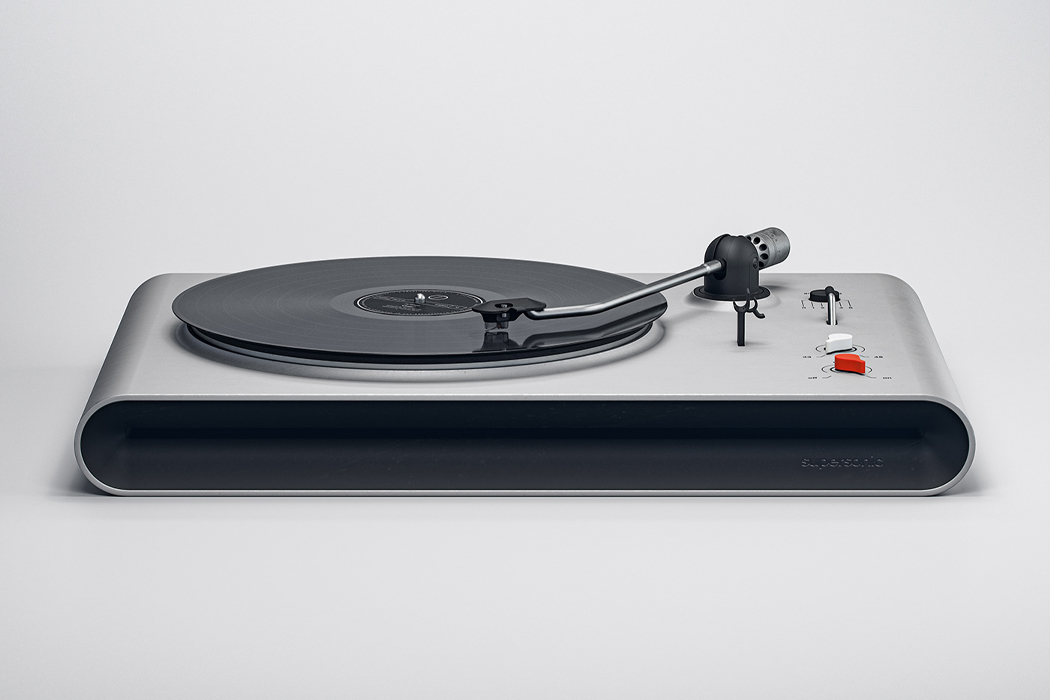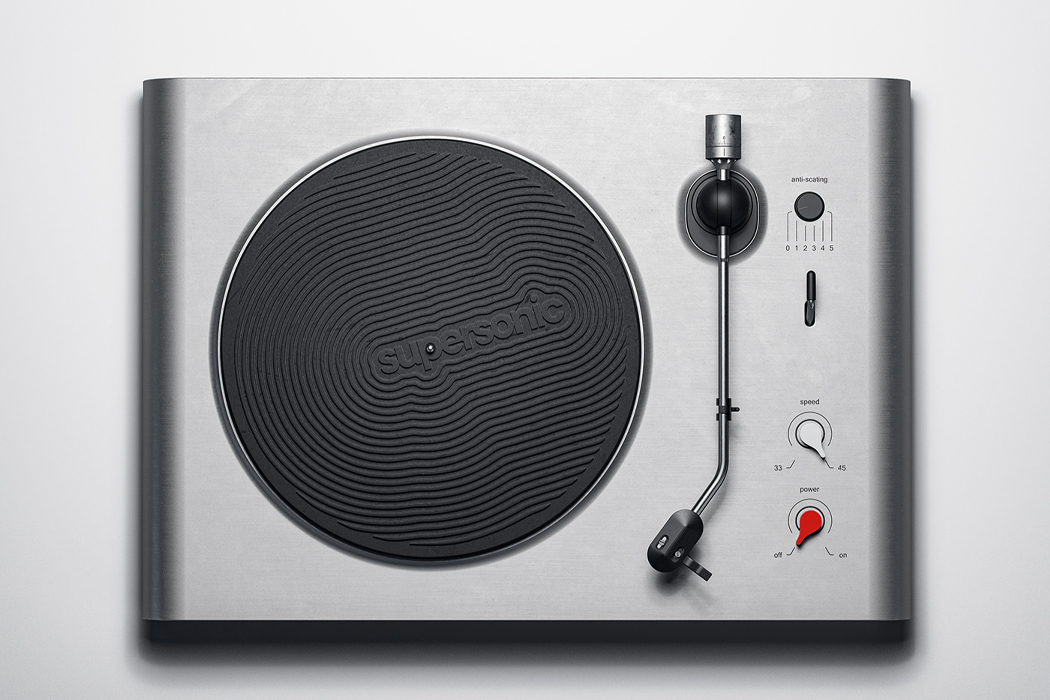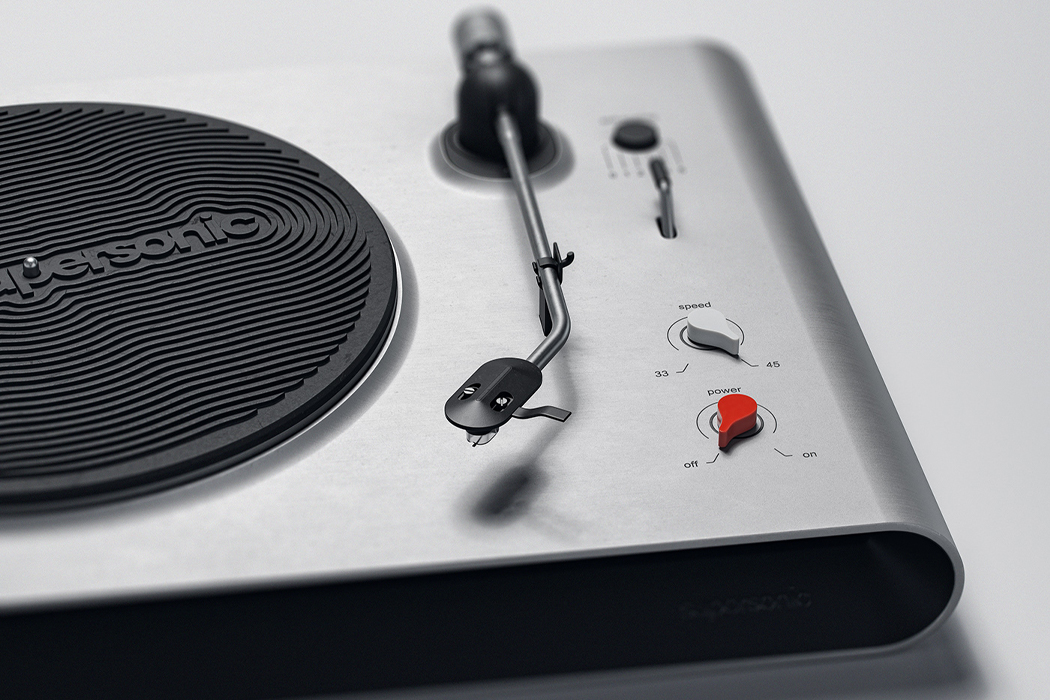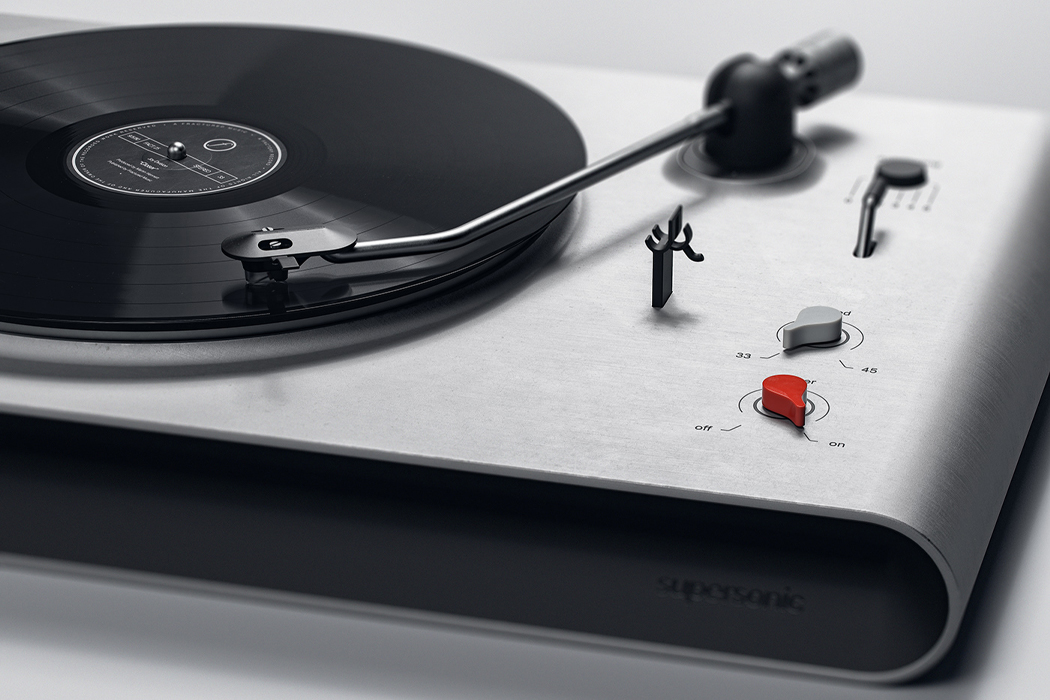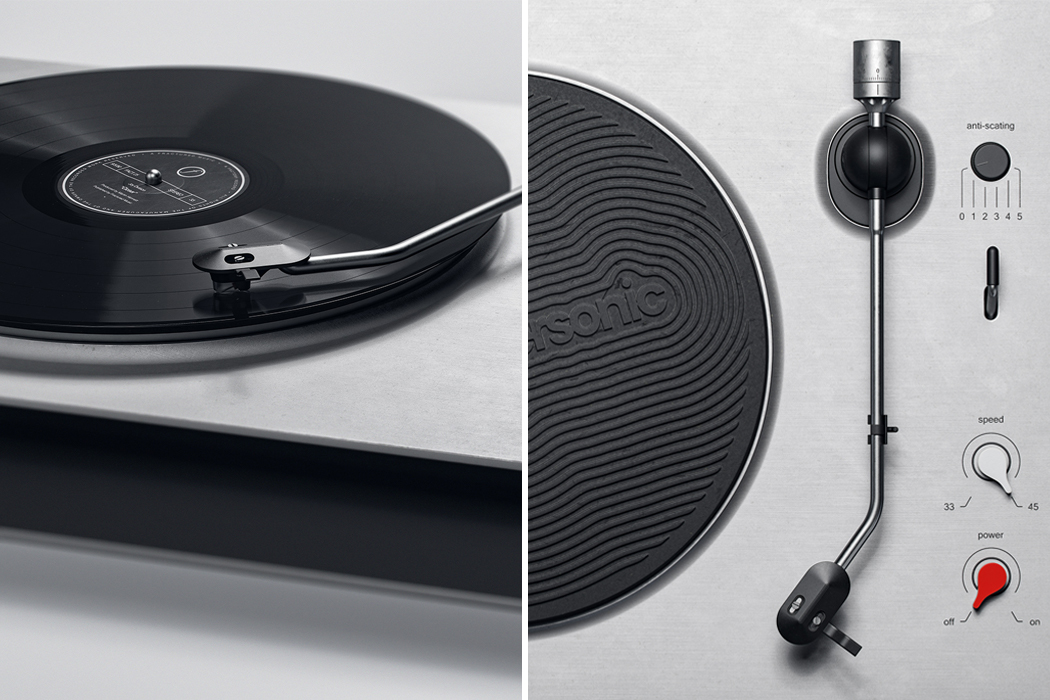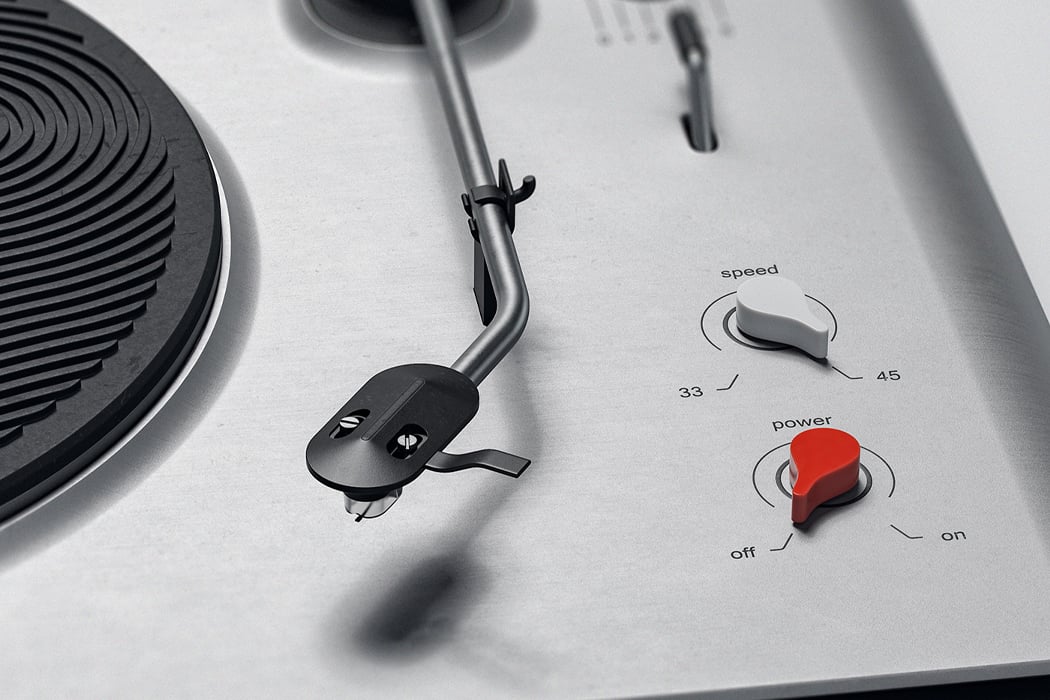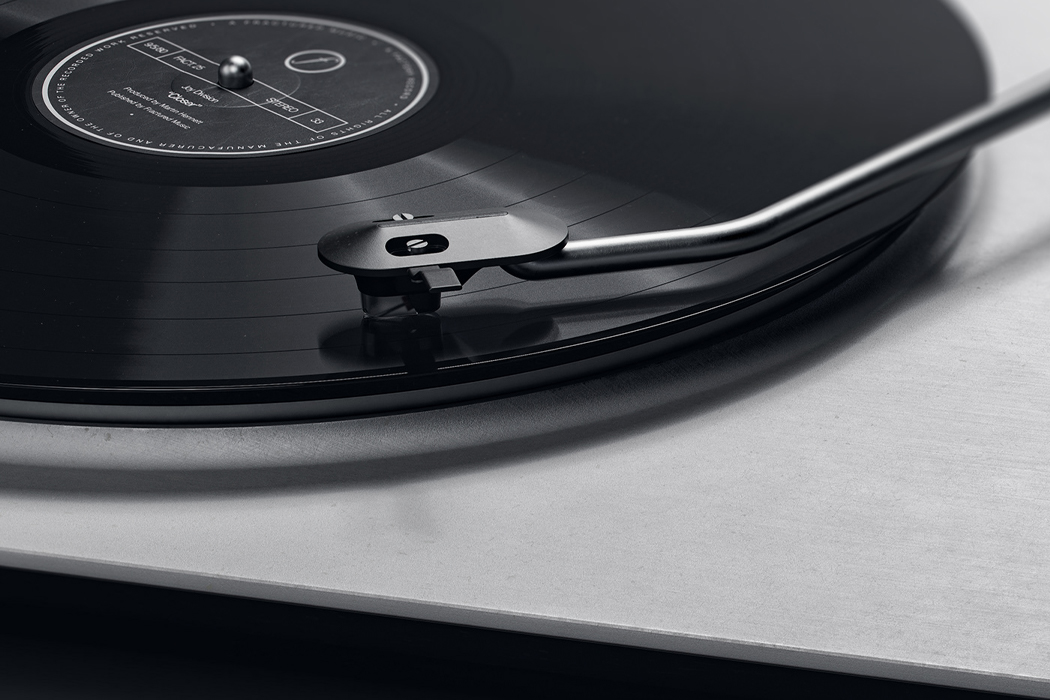
The field of industrial design is ever-evolving, offering creative minds the opportunity to shape the products and systems that define our daily lives. As a field that blends aesthetics, functionality, technology, sustainability, and innovative problem-solving, industrial design has become a lucrative career path in many parts of the world. However, the financial rewards for junior industrial designers can vary significantly across different countries. We explore the top 15 countries where industrial designers can expect some of the highest average salaries, providing a comprehensive overview of each nation’s contribution to the field, as well as key cities, universities, and companies that shape their vibrant design ecosystems. The salary ranges were compared across a variety of forums like Glassdoor and Payscale, and are listed based on their averages. This list doesn’t consider the cost of living in the countries, which definitely has a significant effect on the salary too. However, a high salary is an indication (at least in a very primitive way) of a burgeoning design industry, and an appreciation and acceptance of design as a viable profession. When you consult this list, we also recommend you do your own research to see which countries have an affordable standard of living, flexible visa regulations, and a stable economy with rising jobs. Read till the end for another important disclaimer!
1. Switzerland
Annual Salary Range – $86,650-$112,700 USD

Vitra Campus, Switzerland
Switzerland consistently ranks among the highest in terms of average salaries across various professions, and industrial design is no exception. Junior industrial designers in Switzerland can expect to earn between $86,000 and $112,000 USD per year. The high cost of living is offset by strong wages and excellent working conditions, making it an attractive destination for design professionals. Renowned for its precision engineering and luxury goods industries as well as being the epicenter of global watchmaking, Switzerland offers a thriving job market bolstered by strong economic stability. Key cities like Zurich, Geneva, and Basel are central to the country’s design landscape. Prominent universities such as Zurich University of the Arts (ZHdK), University of Applied Sciences Northwestern Switzerland (FHNW), and École cantonale d’art de Lausanne (ECAL) produce top-tier talent, feeding into leading companies like Vitra, Rado, and SIGG.
2. United States
Annual Salary Range – $65,700 – $95,000 USD

Apple Park, USA
The United States remains a global leader in design and innovation, with an average annual salary for junior industrial designers ranging from $65,700 to $95,000 USD. Cities like New York, San Francisco, and Los Angeles are not only cultural epicenters but also hotspots for design firms and tech companies, offering plentiful opportunities for designers to grow and earn well. Prestigious institutions such as the Rhode Island School of Design (RISD), Carnegie Mellon University, ArtCenter College of Design, and Pratt Institute contribute significantly to the industry’s talent pool. Leading design firms like IDEO, Frog Design, and Smart Design, among prominent companies like Alphabet, Apple, and Microsoft are driving the design sector forward.
3. Denmark
Annual Salary Range – $62,600 – $75,100 USD

Bang & Olufsen
Denmark is renowned for its distinctive design philosophy, blending minimalism with functionality. Junior industrial designers in Denmark earn between $62,600 and $75,100 USD per year. The country’s rich design heritage, combined with a strong emphasis on sustainability and social responsibility, attracts designers from around the world looking to contribute to impactful projects. Key cities like Copenhagen, Aarhus, and Odense are hubs of design activity. The Royal Danish Academy of Fine Arts and Aarhus School of Architecture are among the prominent institutions nurturing creative talent. Danish companies like Designit, Bang & Olufsen, the Danish Design Center, and Jacob Jensen Design are leaders in the industry. Even LEGO’s headquarters are located in Billund, Denmark.
4. Norway
Annual Salary Range – $56,700 – $66,150 USD

Snøhetta Viewpoint, Norway
Norway’s commitment to design excellence and sustainability makes it a fantastic location for industrial designers. Junior designers in Norway can expect annual salaries ranging from $56,700 to $66,150 USD. The nation’s strong economy supports a healthy job market with a strong focus on innovative design solutions, particularly in environmental and tech sectors. Prominent cities such as Oslo, Bergen, and Trondheim play key roles in the design landscape. Educational institutions like Oslo National Academy of the Arts and Bergen Academy of Art and Design are notable for their contributions to the field. Leading companies like Scandinavian Design Group, Snøhetta, and Yokoland offer numerous opportunities for professional growth.
5. Germany
Annual Salary Range – $42,800 – $65,600 USD

Siemens Headquarters, Germany
Germany’s robust industrial sector and dedication to engineering excellence extend to its industrial design industry, where junior designers can expect to earn between $42,800 and $65,600 USD per year. Cities like Berlin, Munich, and Stuttgart are hubs for automotive and high-tech companies, offering numerous opportunities for designers to engage in innovative projects and advance their careers. Leading universities such as Bauhaus University Weimar and the University of Applied Sciences Schwäbisch Gmünd produce highly skilled designers. German design giants like Siemens, AEG, Audi, and Braun are among the many companies at the forefront of industrial design.
6. Japan
Annual Salary Range – $40,900 – $63,500 USD

Sony Headquarters, Japan
Known to be at the forefront of technology and design, Japan cements its place as the only Asian country on this list, offering junior industrial designers average salaries between $40,900 and $63,500 USD annually. The country’s unique blend of traditional craftsmanship and modern innovation provides a fascinating landscape for design professionals to develop their skills. Key cities such as Tokyo, Osaka, and Kyoto are central to Japan’s design industry. Prominent educational institutions like the Tokyo Institute of Technology and Kyoto Institute of Technology are known for their strong design programs. Renowned companies like Sony, Toyota, Mitsubishi, Nikon, Panasonic, and iconic design studios like Muji exemplify Japan’s innovative design and tech culture.
7. Finland
Annual Salary Range – $40,000 – $63,400 USD

Marimekko Store, Finland
Finland offers junior industrial designers average salaries ranging from $40,000 to $63,400 USD per year. Finnish design is renowned worldwide for its minimalistic and human-centered approach. The country’s commitment to top-tier education and quality of life makes it an attractive destination for design professionals. Key cities such as Helsinki, Espoo, and Tampere are crucial to the design scene. Aalto University School of Arts, Design and Architecture and the University of Lapland are leading educational institutions nurturing creative talent. Companies like Marimekko, Fiskars, and Nokia are central to Finland’s design industry.
8. Austria
Annual Salary Range – $39,000 – $60,000 USD

Swarovski Crystal Museum, Austria
Junior industrial designers in Austria can expect to earn an average annual salary ranging from $39,000 to $60,000 USD. The country’s design scene is bolstered by a strong cultural heritage and a robust economy, with key cities like Vienna, Salzburg, and Graz playing pivotal roles. Notable educational institutions such as the University of Applied Arts Vienna and FH Joanneum contribute significantly to the field. Leading companies like Swarovski, Red Bull (they’re more than a beverage company), and Kiska are integral to Austria’s design and innovation landscape.
9. Australia
Annual Salary Range – $40,600 – $54,200 USD

RMIT University, Australia
Not to be confused with Austria (given their proximity on this list!), Australia’s design industry is vibrant, and the country offers junior industrial designers an average salary between $40,600 and $54,200 USD per year. It gets a place below Austria because of the average salary taken within the given range. The Australian market is known for its emphasis on sustainable design and innovation. Cities like Melbourne, Sydney, and Brisbane host a plethora of design agencies and companies specializing in various industries, from automotive to consumer electronics. Noteworthy universities such as RMIT University, the University of New South Wales, and Swinburne University of Technology provide a strong educational foundation for budding designers. Leading firms like Designworks, Blue Sky Design Group, and Cobalt Design are at the forefront of the industry’s growth.
10. France
Annual Salary Range – $39,000 – $54,700 USD

Renault Automotive R&D Center, France
France is a cradle of art, culture, and luxury, renowned for its significant contributions to industrial design. Junior industrial designers in France can expect average annual salaries ranging from $39,000 to $54,700 USD. Paris stands at the epicenter, offering a blend of historical grandeur and cutting-edge design. The city’s vibrant galleries, museums, and design firms create a dynamic atmosphere for aspiring designers. Lyon, with its rich industrial heritage, and Marseille, known for its Mediterranean influence, are also key players in the design landscape. Prestigious institutions like École nationale supérieure de création industrielle (ENSCI) and Strate School of Design foster top-tier talent. Leading companies such as Renault in automotive design, Hermès in luxury goods, and Airbus in aerospace offer promising career opportunities. France’s design industry intricately weaves tradition with modernity, making it an inspiring destination for industrial designers.
11. Sweden
Annual Salary Range – $41,200 – $50,600 USD

Electrolux Headquarters, Sweden
Sweden’s long-standing tradition of design excellence is reflected in the average salaries for junior industrial designers, which range from $41,200 to $50,600 USD per year. Swedish design is synonymous with quality and innovation, with a particular emphasis on functionality and aesthetic simplicity. Key cities such as Stockholm, Gothenburg, and Malmö are renowned for their design culture. The Umeå Institute of Design and Konstfack University of Arts, Crafts, and Design are noteworthy for their exceptional design programs. Leading Swedish companies like IKEA, Electrolux, and Volvo are pioneers in industrial design.
12. United Kingdom
Annual Salary Range – $37,100 – $54,300 USD

OXO Tower Wharf, United Kingdom
The United Kingdom offers junior industrial designers average salaries between $37,100 and $54,300 USD per year. London, in particular, is a major global design capital, home to numerous renowned design firms and educational institutions. The UK design industry is known for its eclectic mix of historical influences and cutting-edge modern aesthetics. Prominent institutions such as the Royal College of Art, Central Saint Martins, and the University of the Arts London are known for their high-quality design programs. Leading firms like OXO, Pentagram, Seymourpowell, and Barber & Osgerby exemplify the UK’s innovative design culture.
13. Canada
Annual Salary Range – $35,300 – $50,800 USD

Umbra Store, Canada
With an average annual salary for junior industrial designers ranging from $35,300 to $50,800 USD, Canada stands out as a country that values creativity and innovation. Canadian cities such as Toronto, Vancouver, and Montreal are known for their thriving design scenes, supported by a diverse economy and a welcoming culture for creative professionals. Key educational institutions such as Ontario College of Art and Design University (OCAD U), Humber College, and Emily Carr University of Art + Design play a significant role in developing design talent. Canadian companies like Umbra, Gasket Studio, and Idea Couture are influential in the industry.
14. New Zealand
Annual Salary Range – $37,300 – $43,400 USD

Massey University, Wellington School of Design, New Zealand
Although better known for VFX education, New Zealand’s burgeoning design industry offers junior industrial designers salaries ranging from $37,300 to $43,400 USD annually. The country’s strong focus on environmental sustainability and innovative problem-solving attracts designers who are passionate about creating impactful, user-centered designs. Key cities such as Auckland, Wellington, and Christchurch are central to the country’s design ecosystem. Educational institutions like Massey University (Wellington School of Design), Auckland University of Technology, and Victoria University of Wellington produce creative professionals who go on to work at leading companies like Fisher & Paykel, Formway, and Designworks.
15. Ireland
Annual Salary Range – $30,000 – $44,400 USD

National College of Art and Design, Ireland
With average annual salaries ranging from $30,000 to $44,400 USD for junior industrial designers, Ireland caps this list as a burgeoning market for design. Dublin, with its growing tech scene and innovative start-ups, provides a lively environment for industrial designers to thrive and innovate. Prominent institutions such as the National College of Art and Design (NCAD) and Dublin Institute of Technology offer strong design programs. Leading companies like Design Partners, MGD, and Dolmen are key players in the Irish design landscape.
Following closely in the footsteps of these countries are a few more that almost made it to the list, namely Italy, The Netherlands, Belgium, Singapore, and the United Arab Emirates. As industrial design continues to grow as a significant field in shaping the future of products and systems, the financial rewards reflect the high value placed on creative and innovative professionals worldwide. While the salaries offered are enticing, I reiterate that it’s essential to consider various factors such as the cost of living, the job market, and the cultural environment when evaluating these opportunities.
Moreover, some countries may offer greater exposure in terms of companies and professional opportunities, i.e., although UK ranks lower on the list than Norway, it may offer the opportunity to work at a more renowned company that could shine on your resume. Do your research thoroughly, but be sure to use this list as a launching pad if you’re looking for a fulfilling and prosperous professional journey in Industrial Design!
The post Top 15 Countries with the Highest Average Salaries for Industrial Designers first appeared on Yanko Design.



